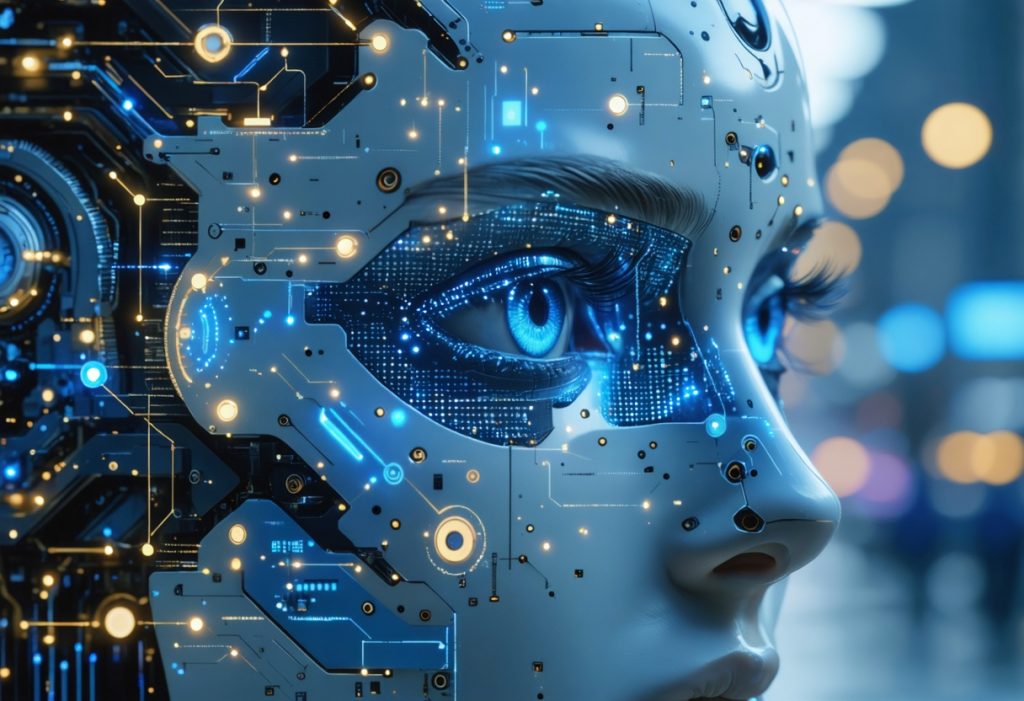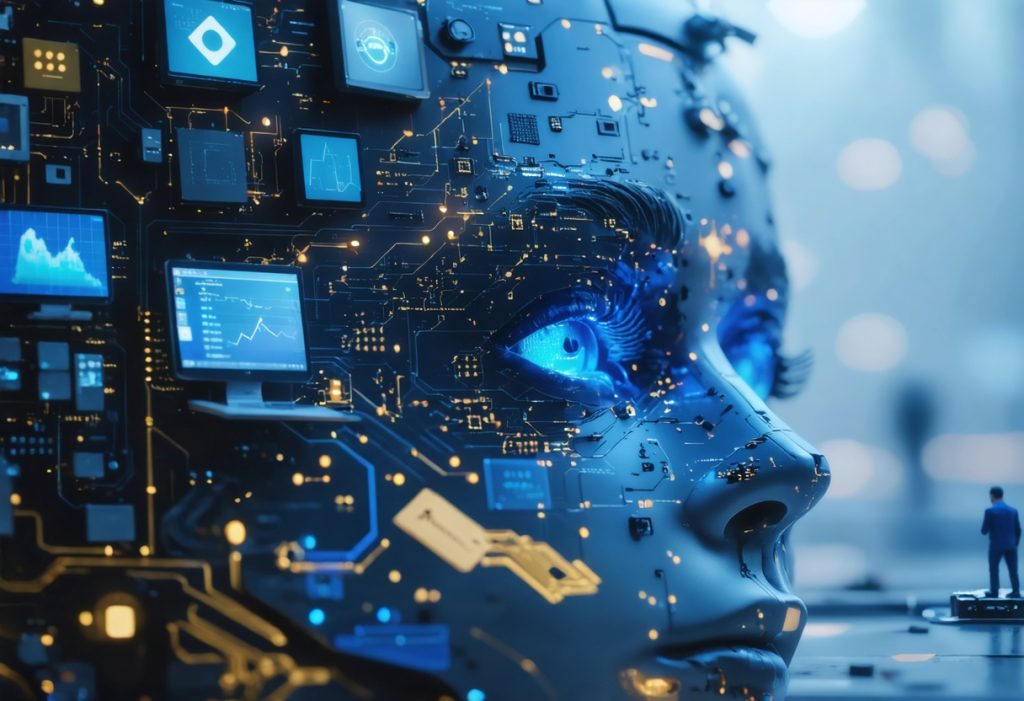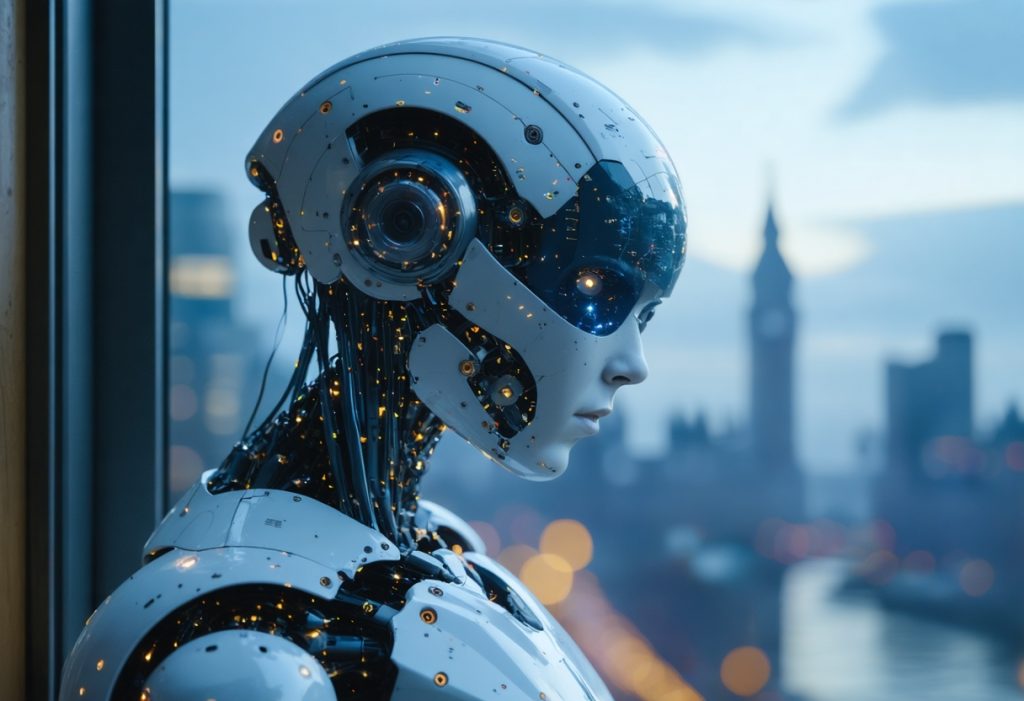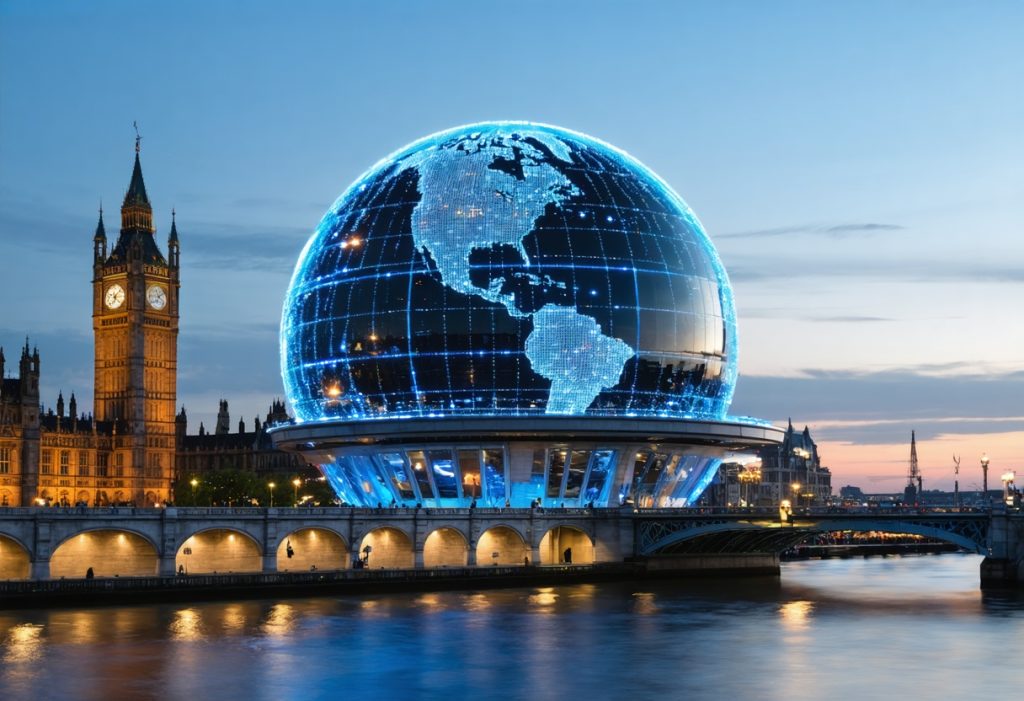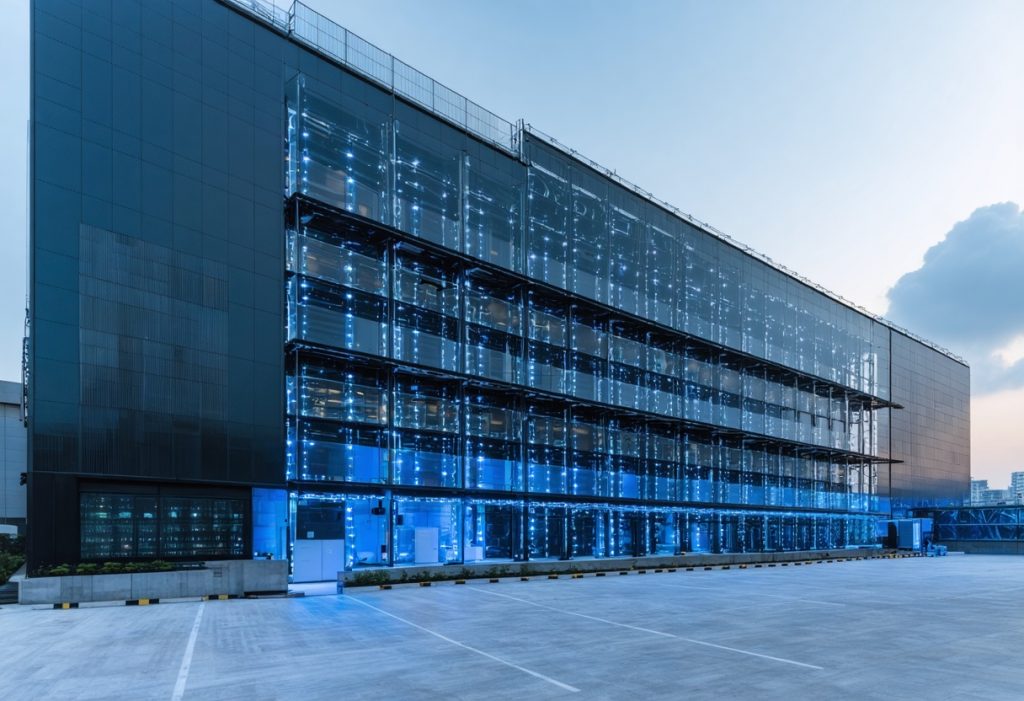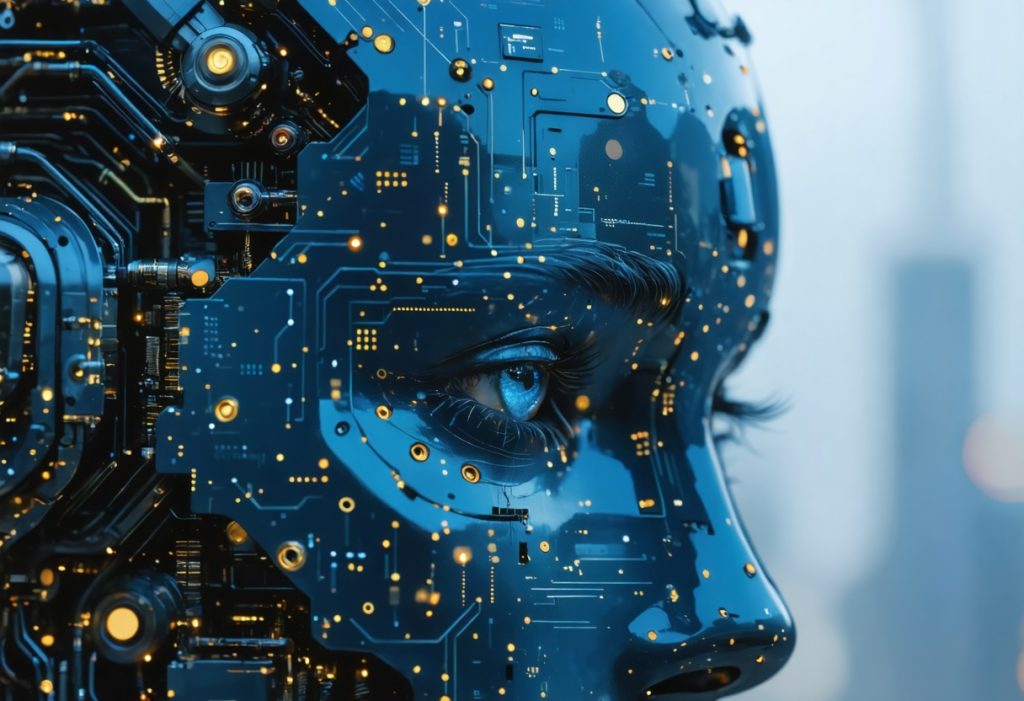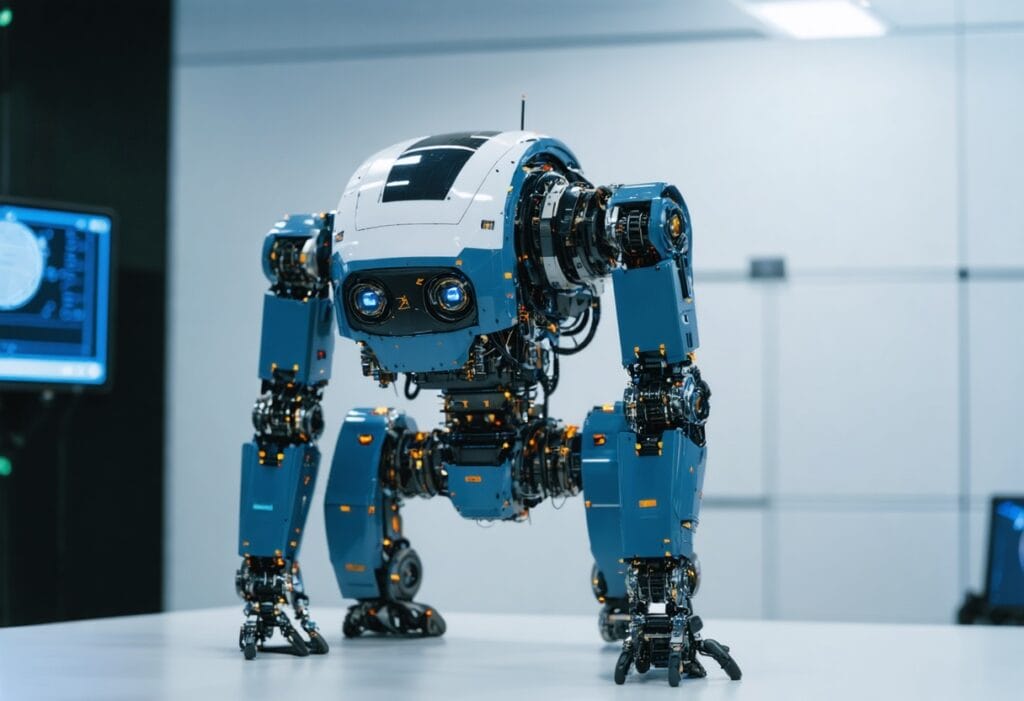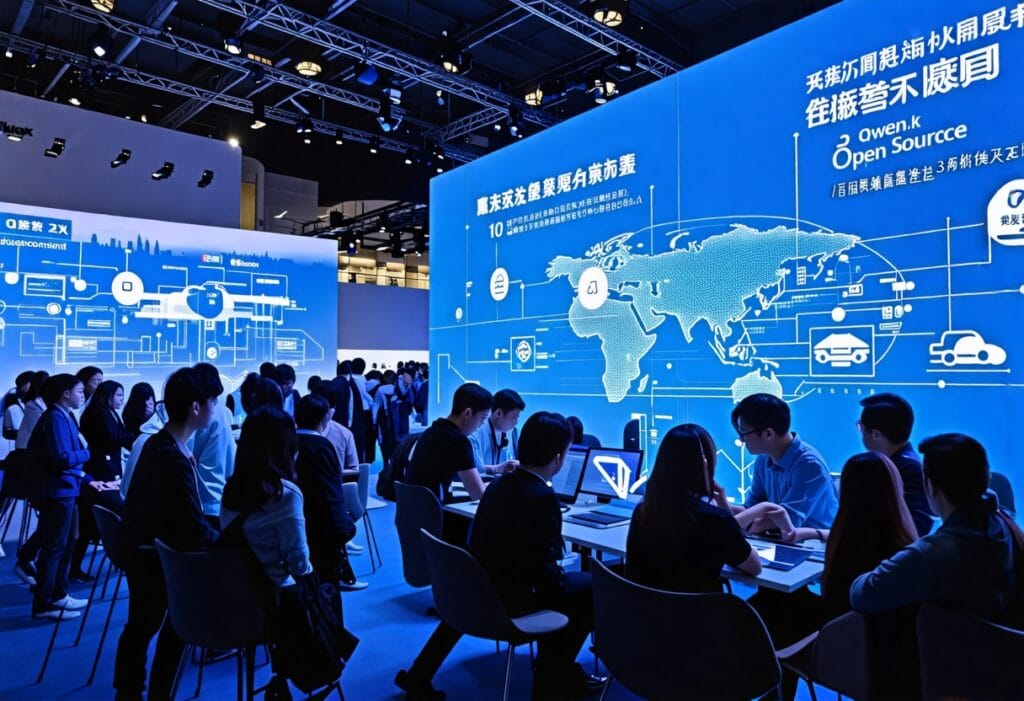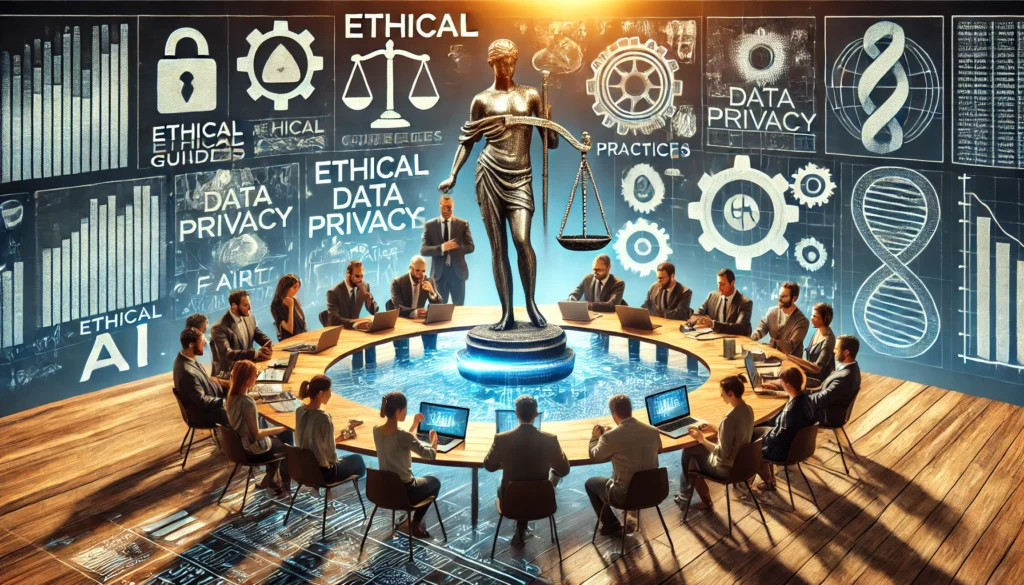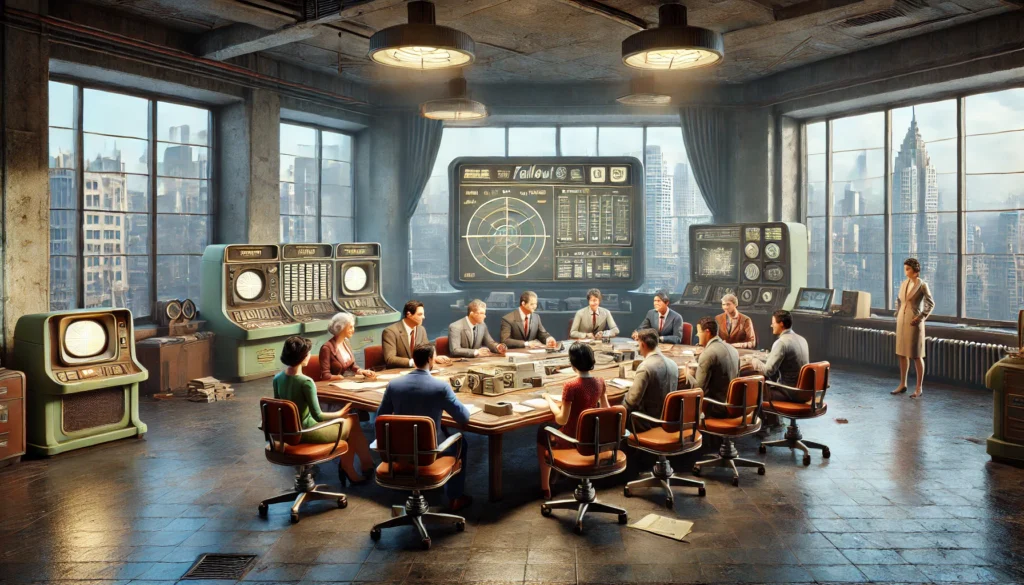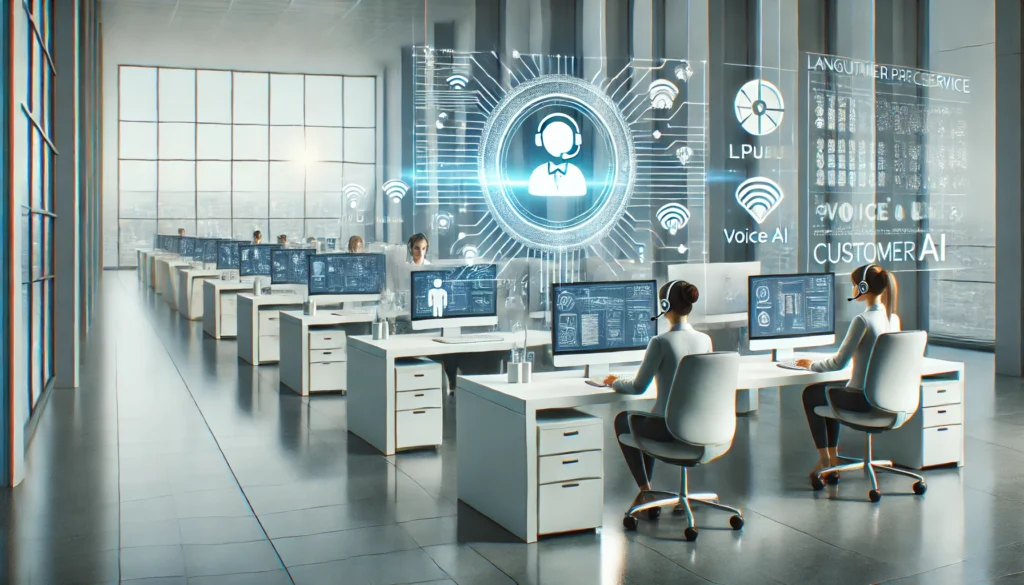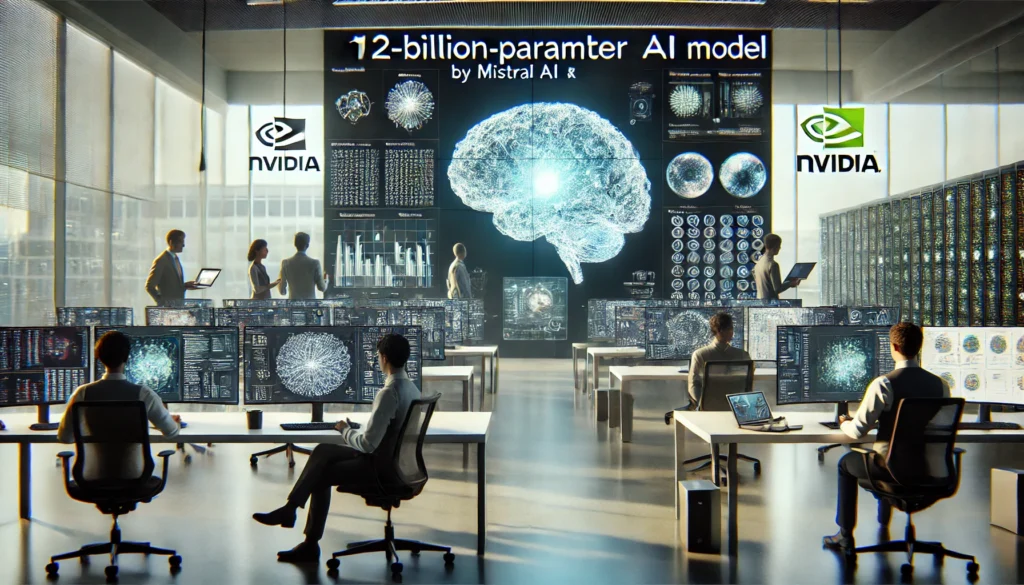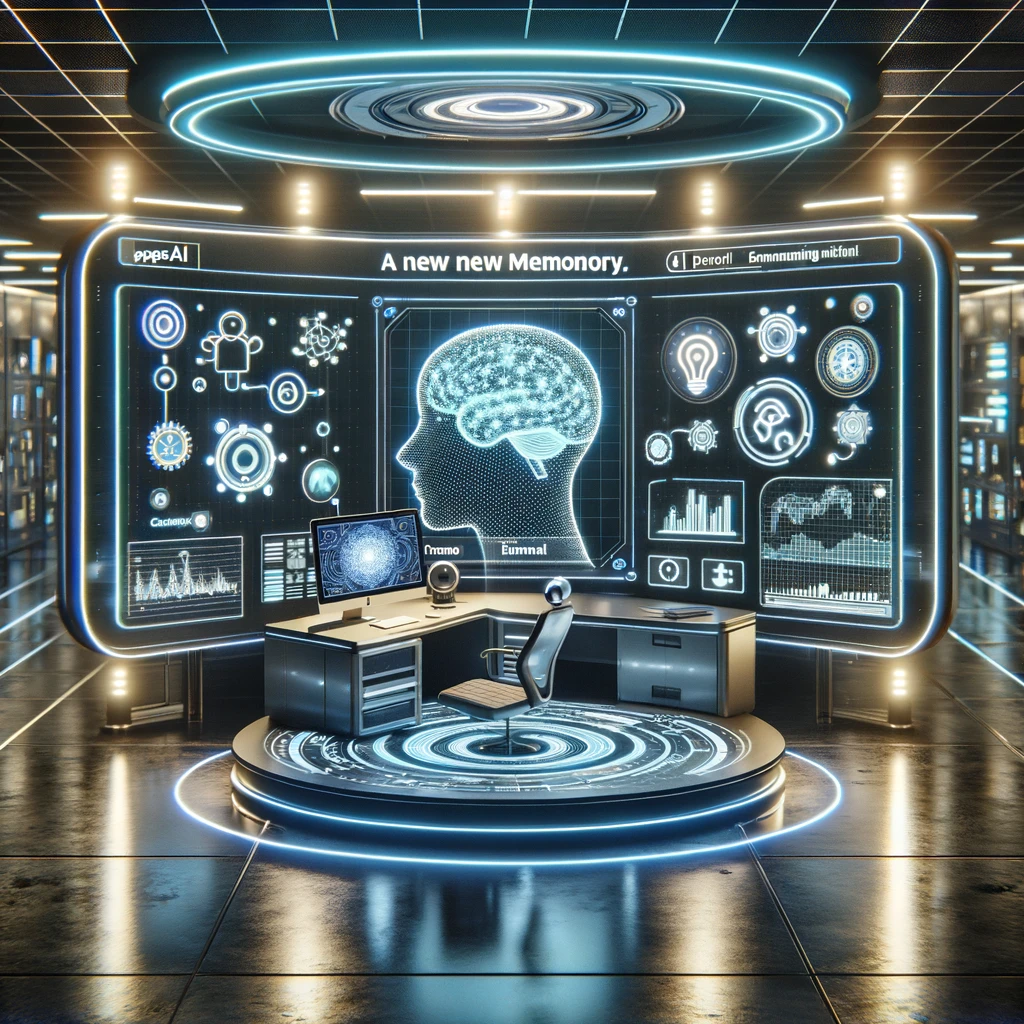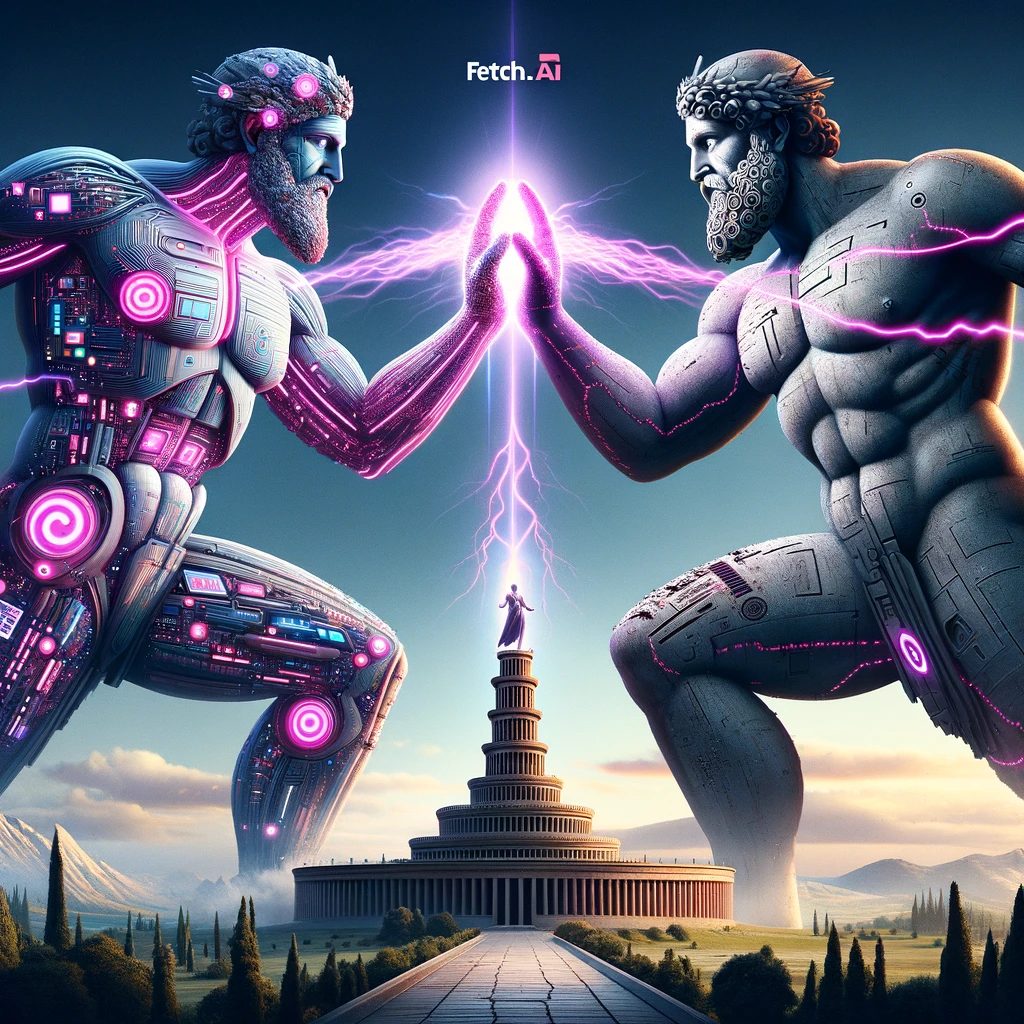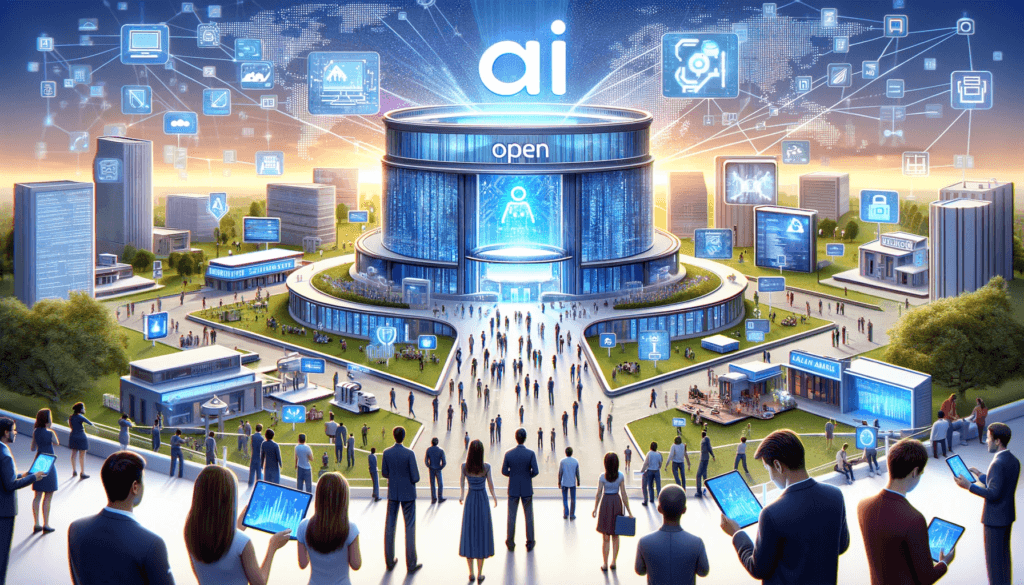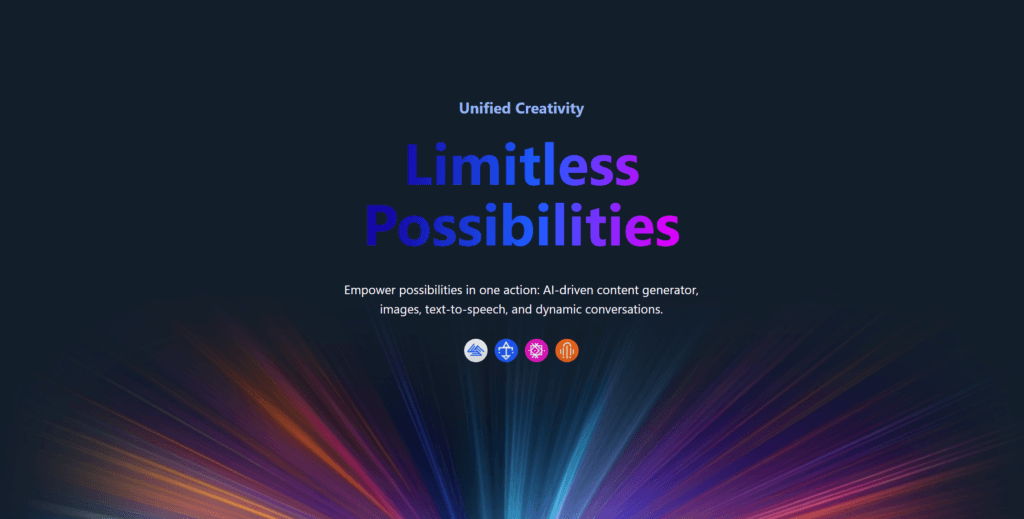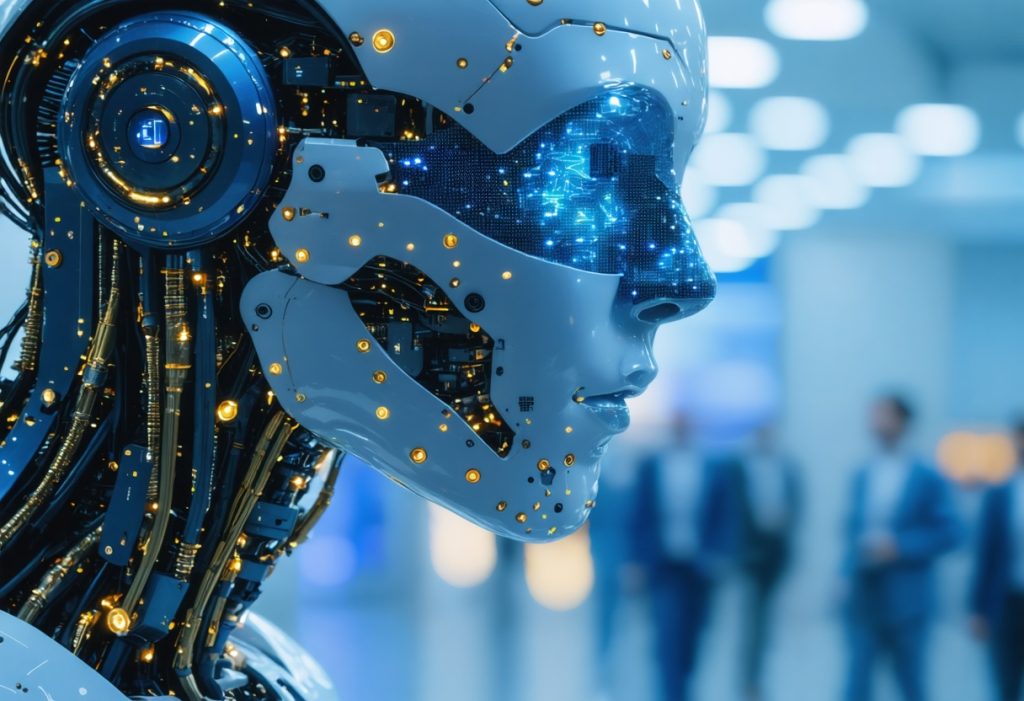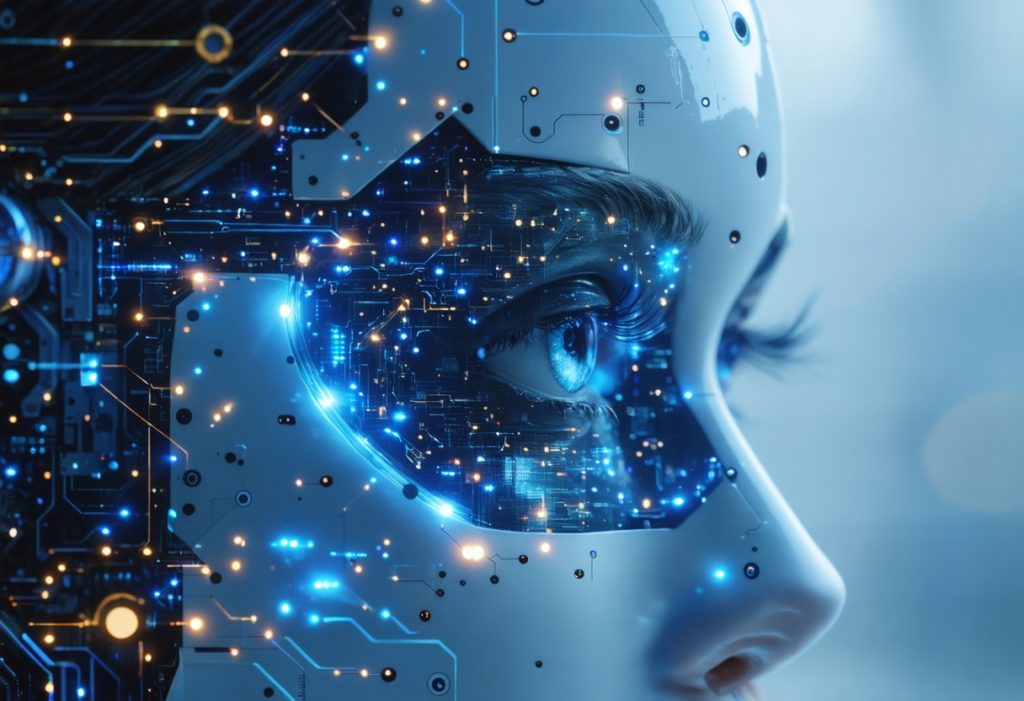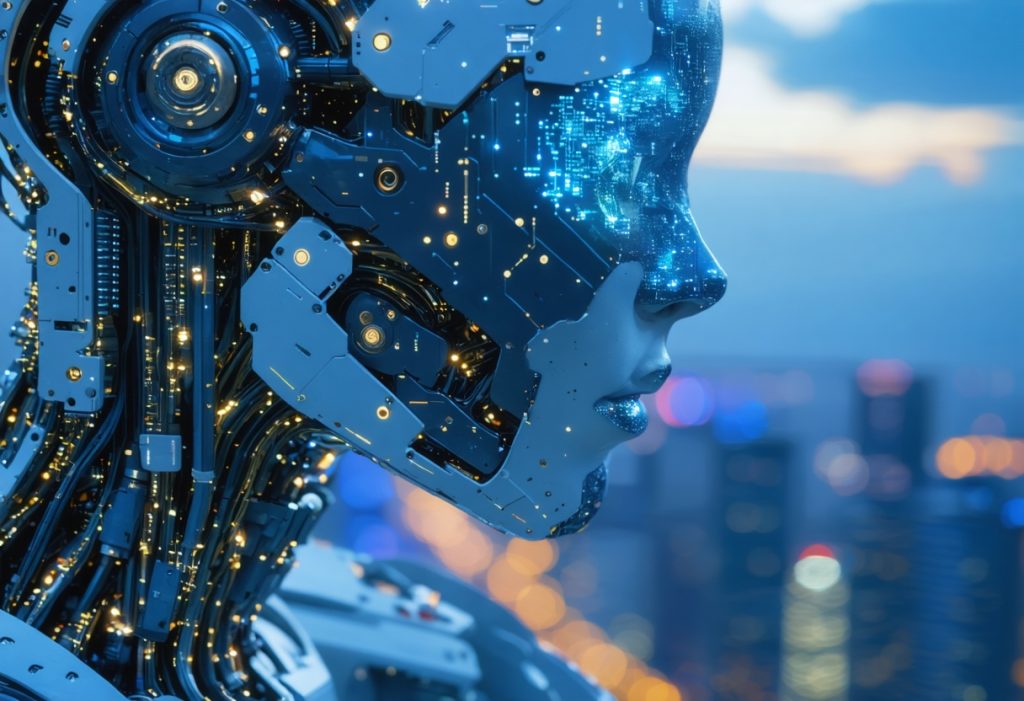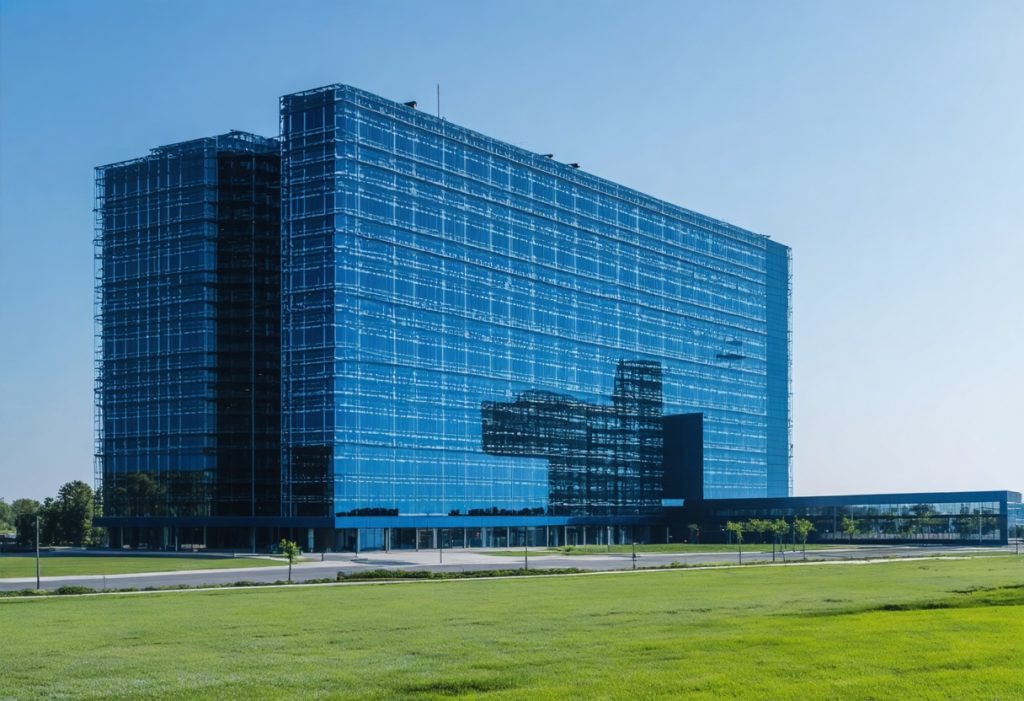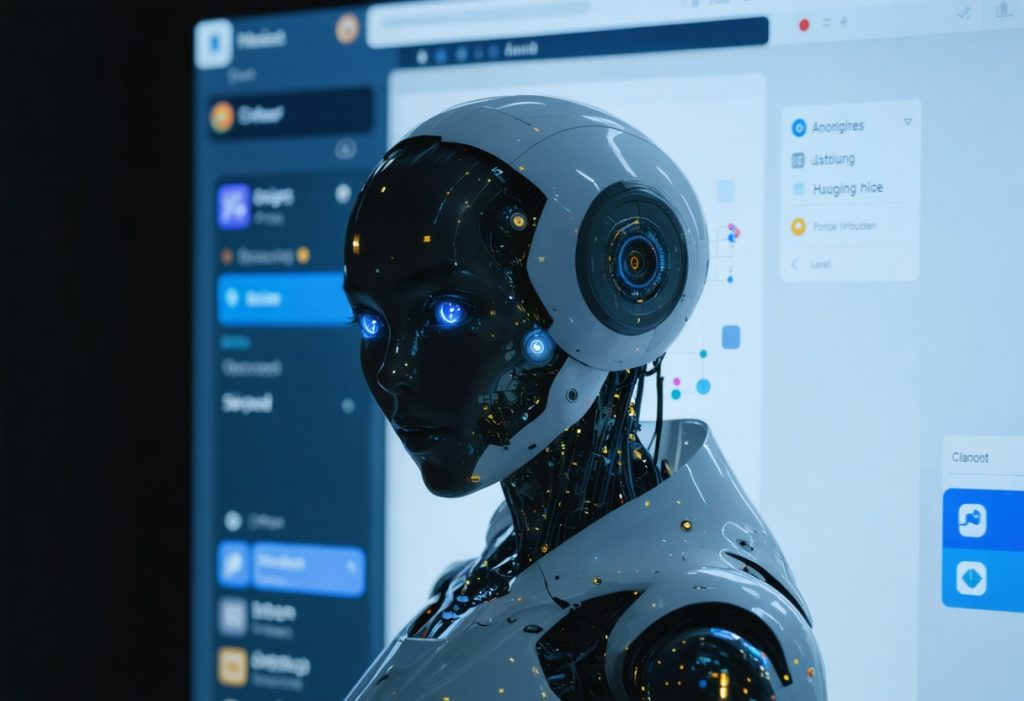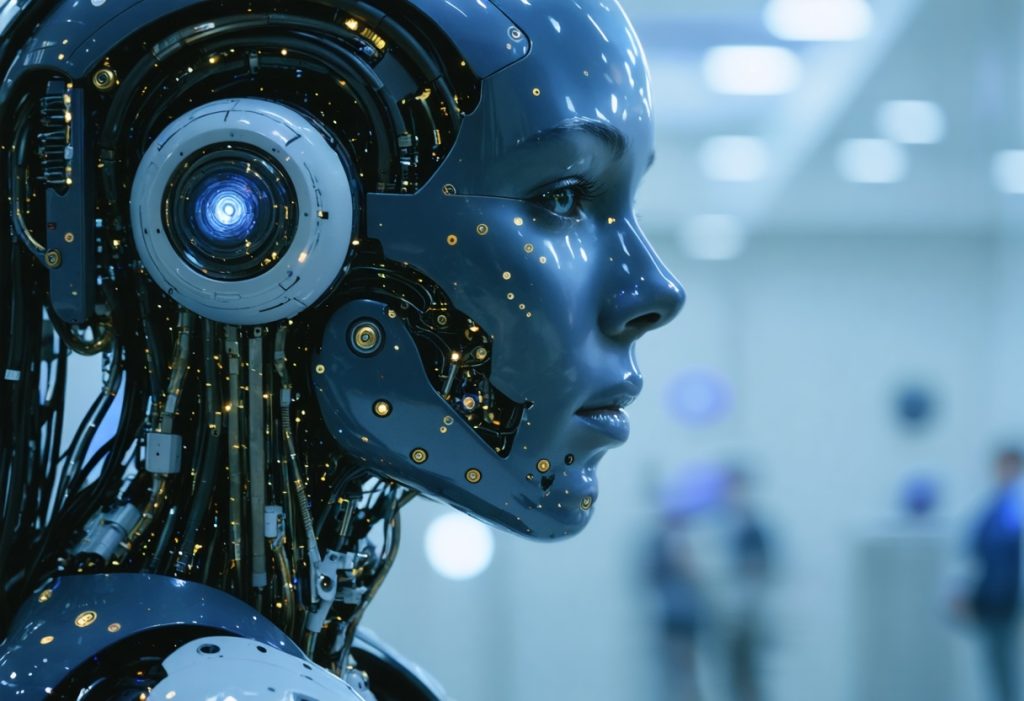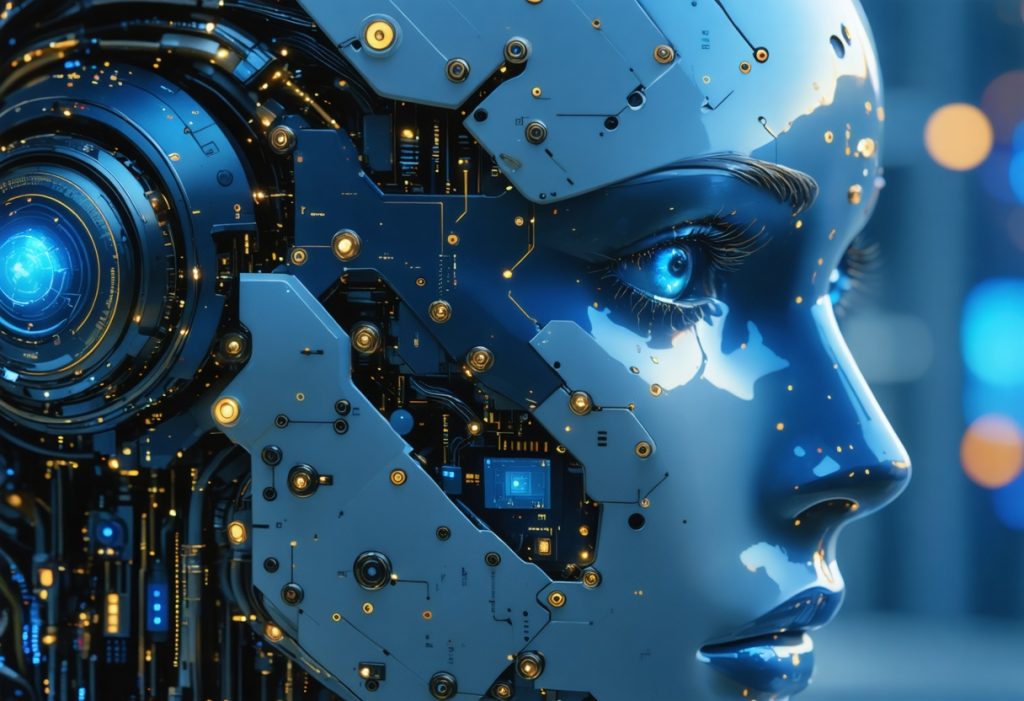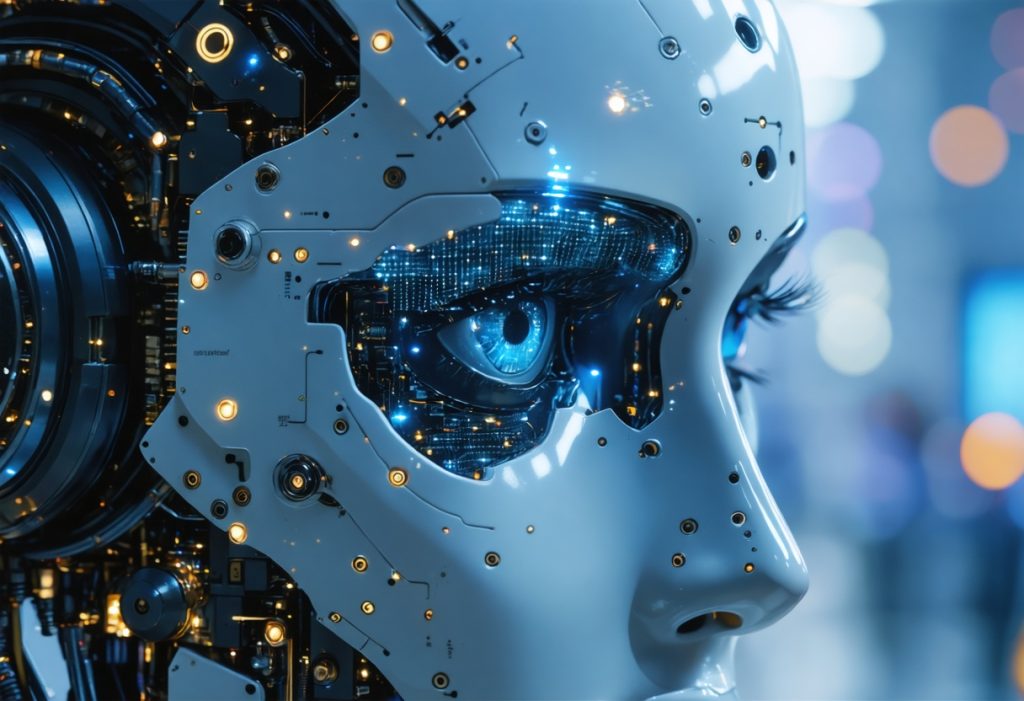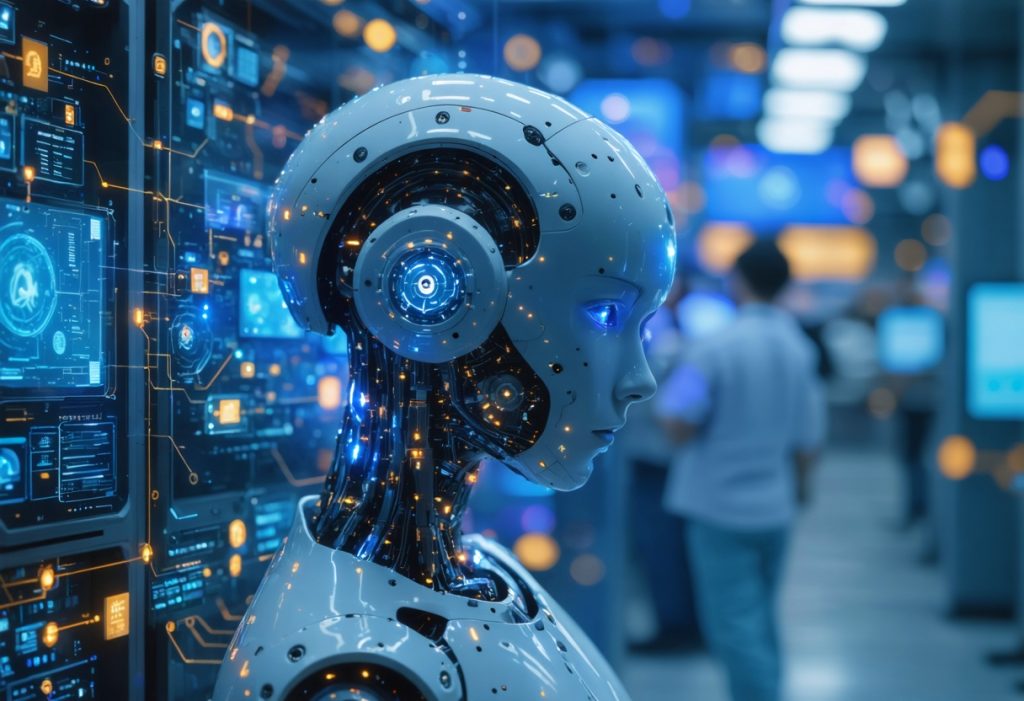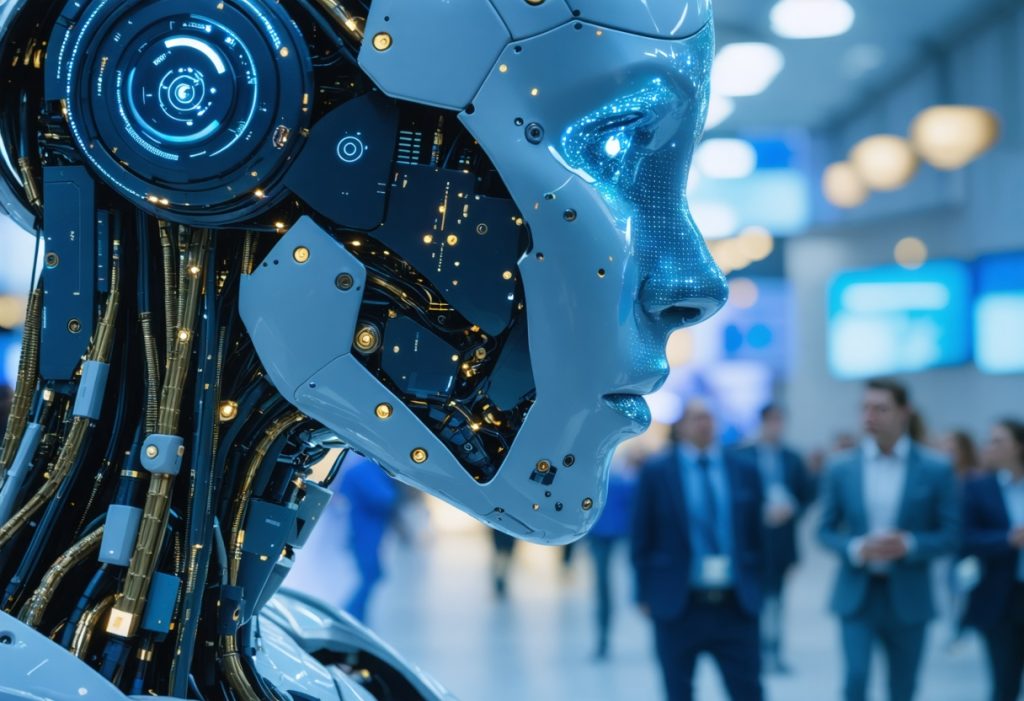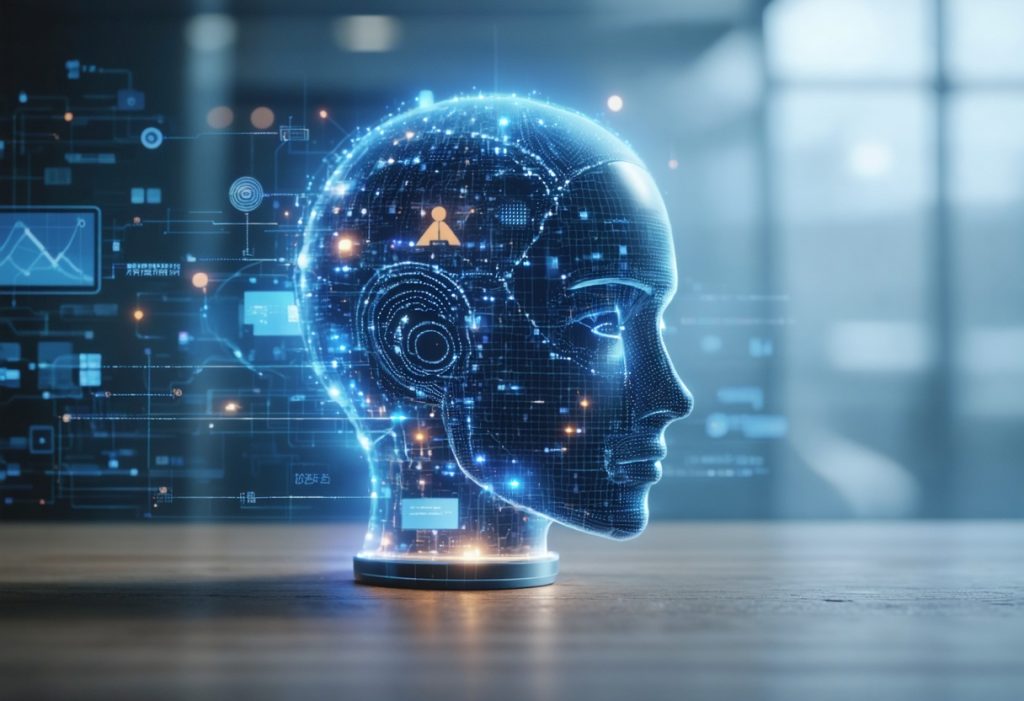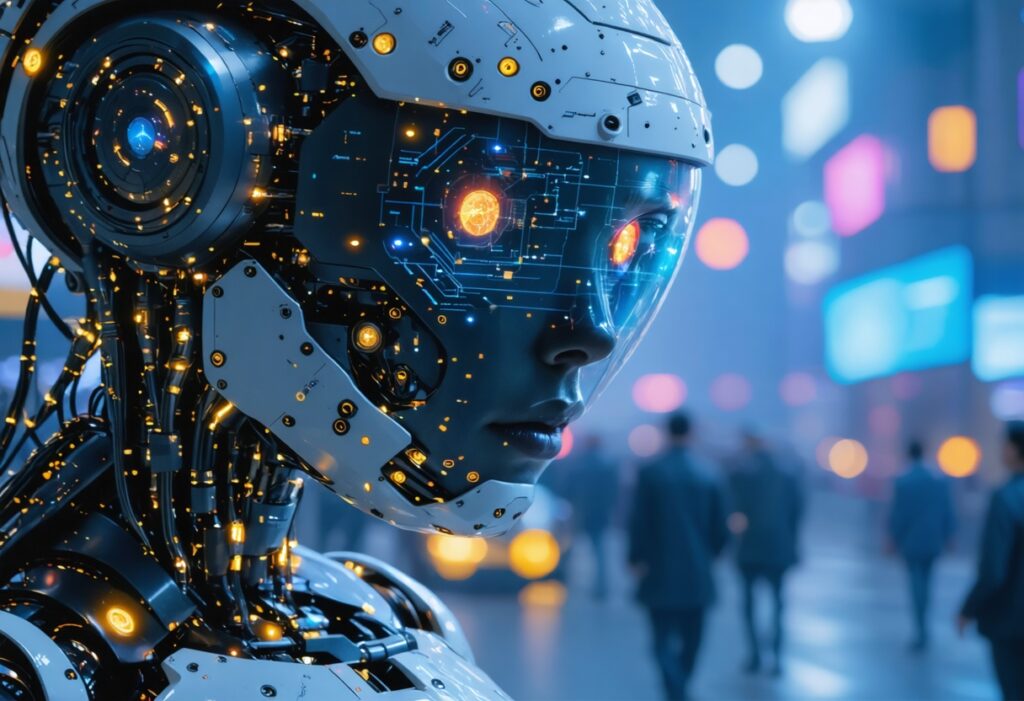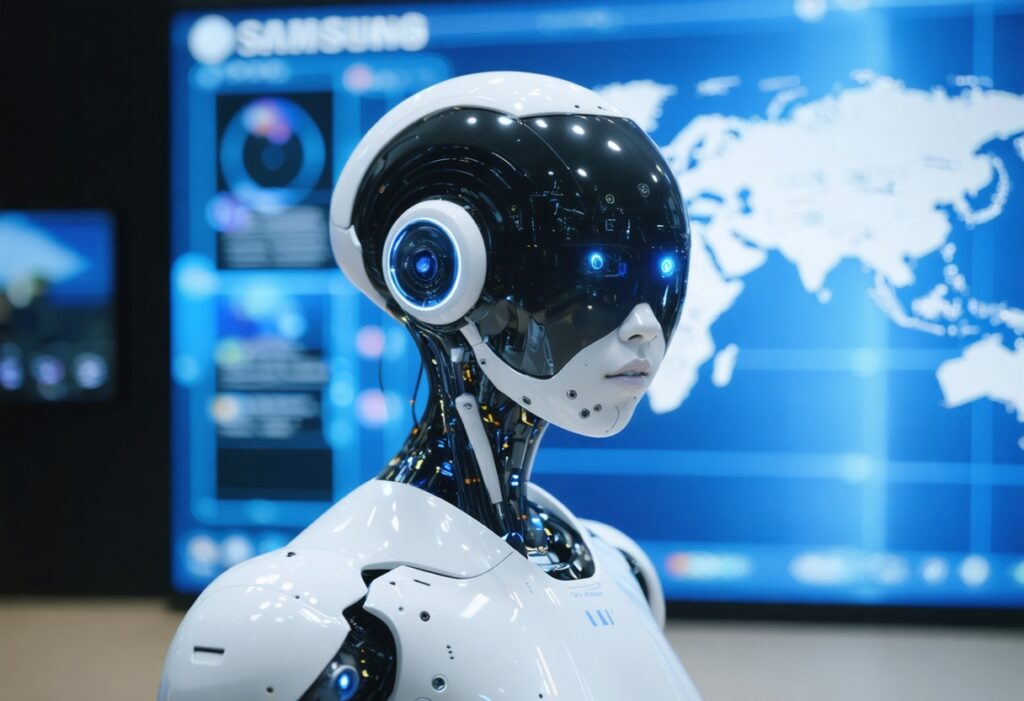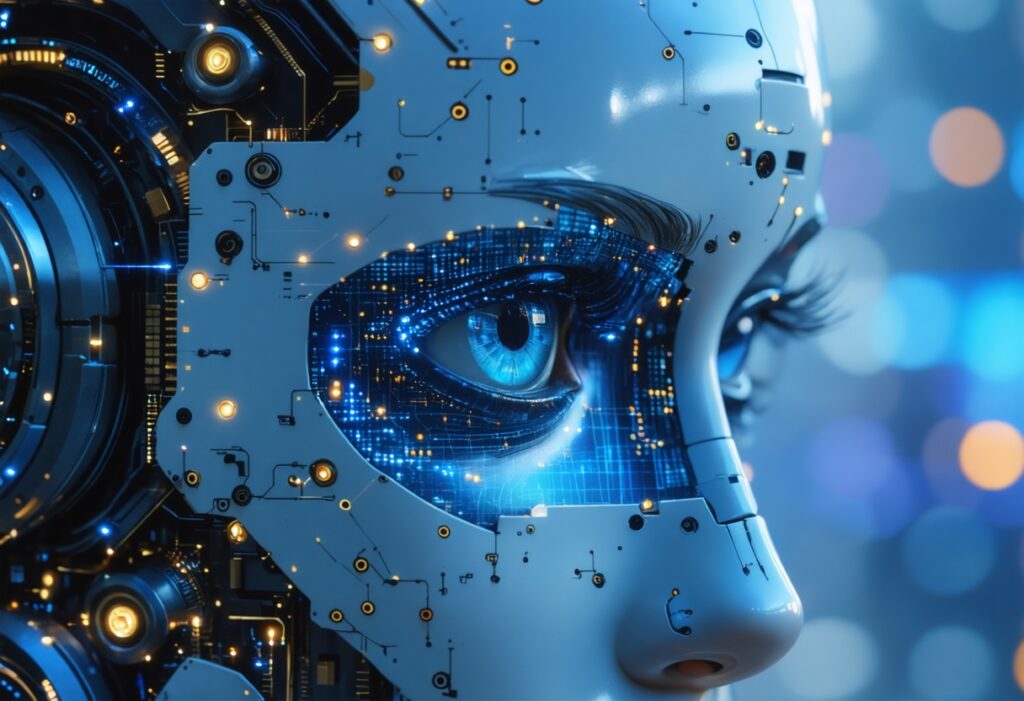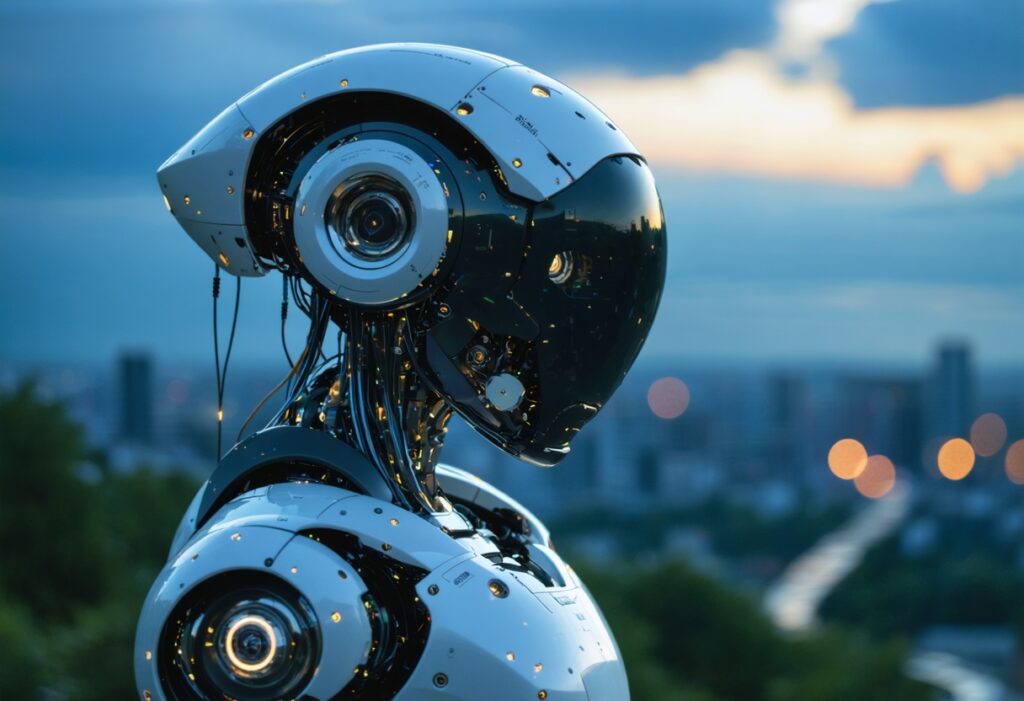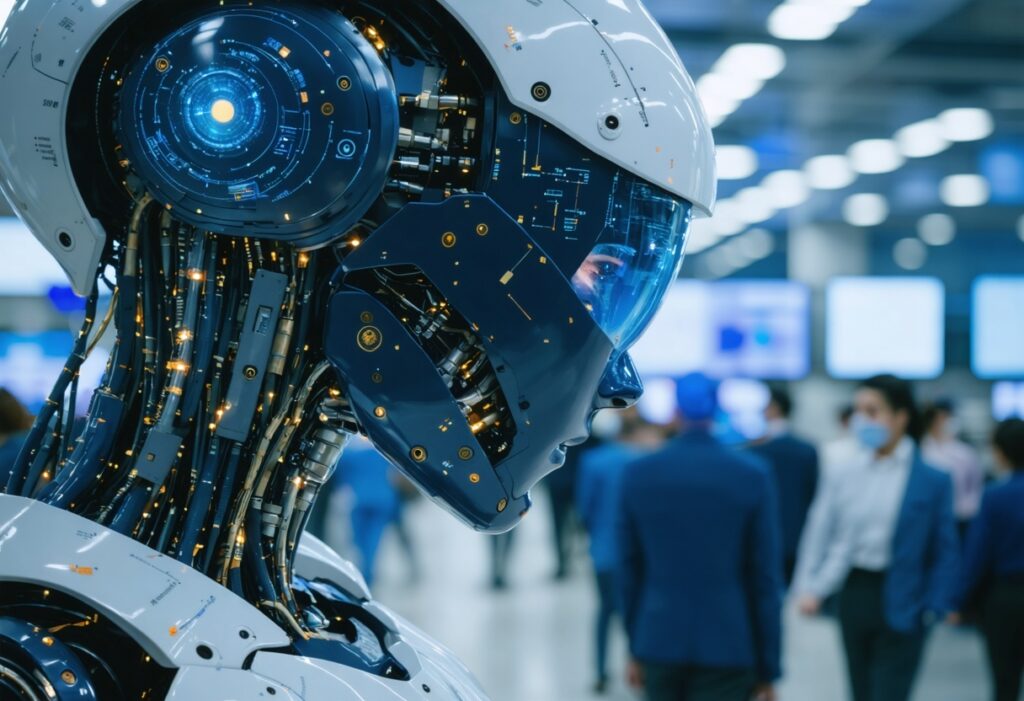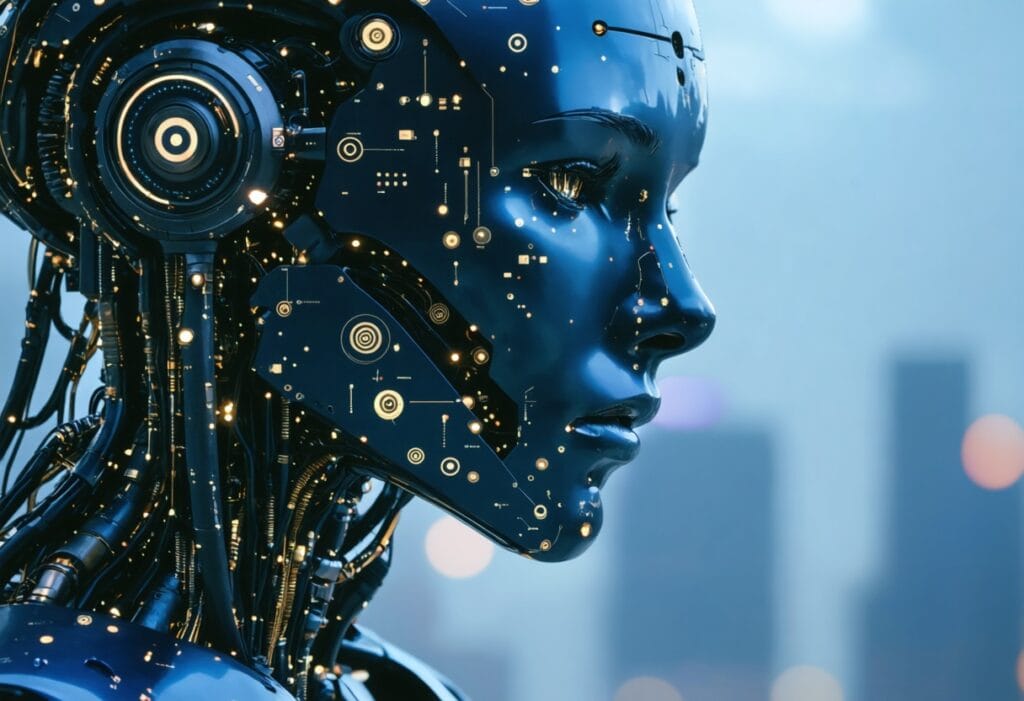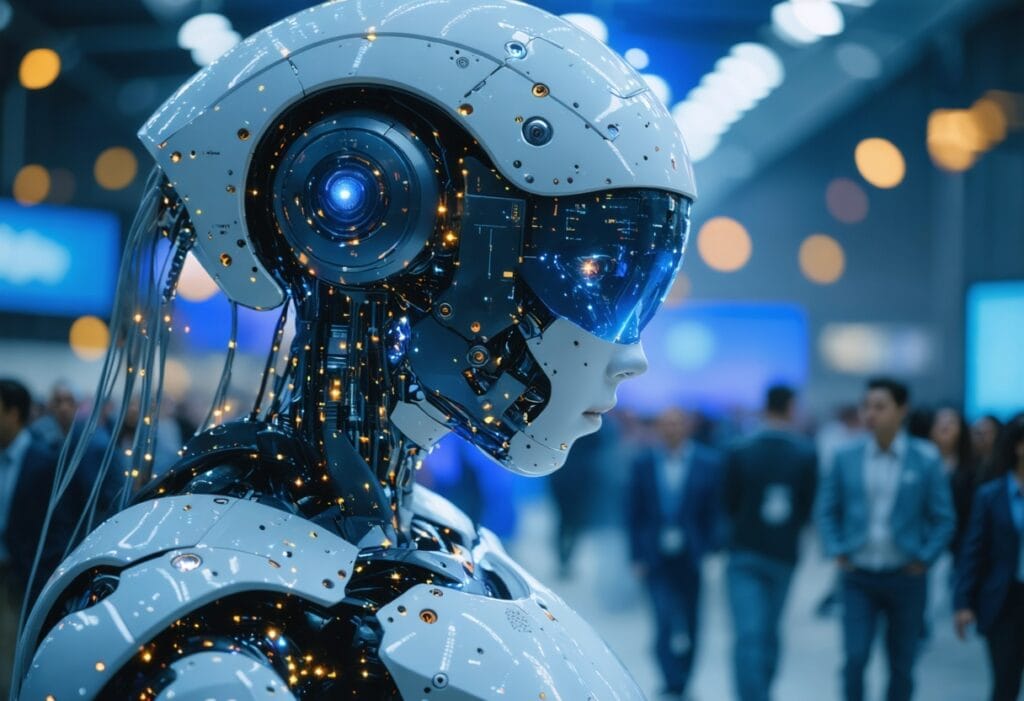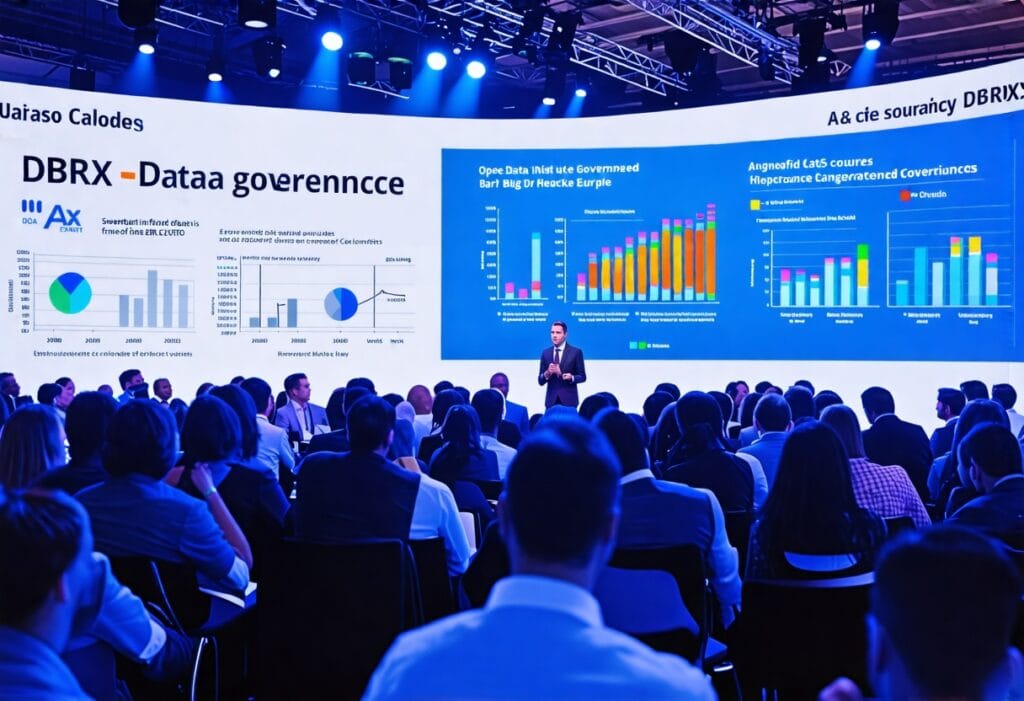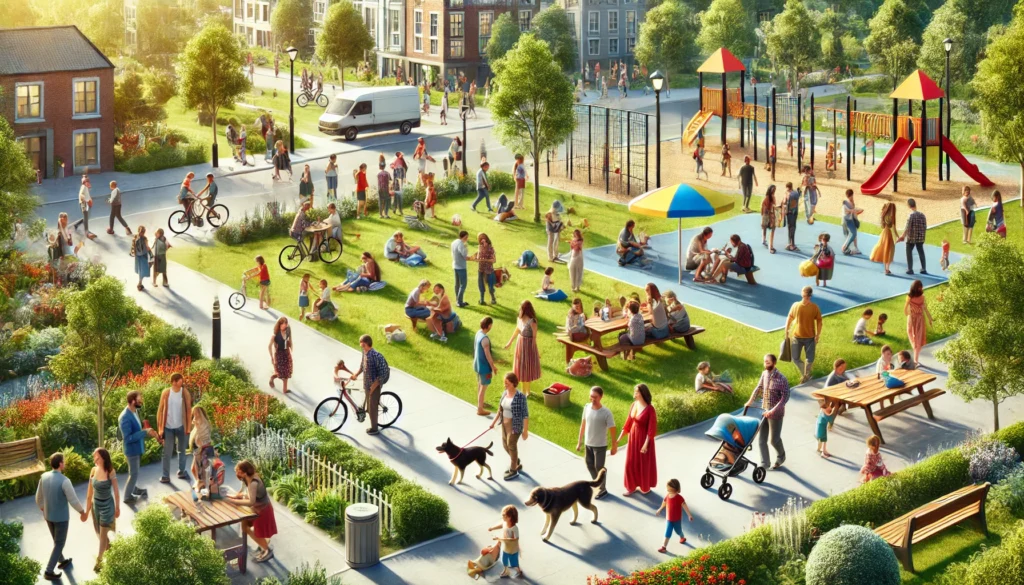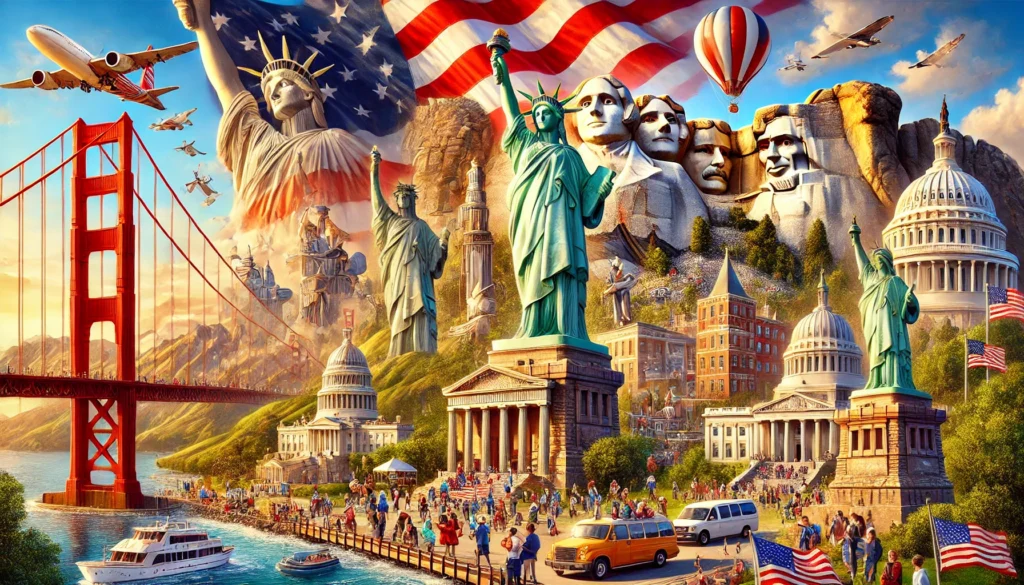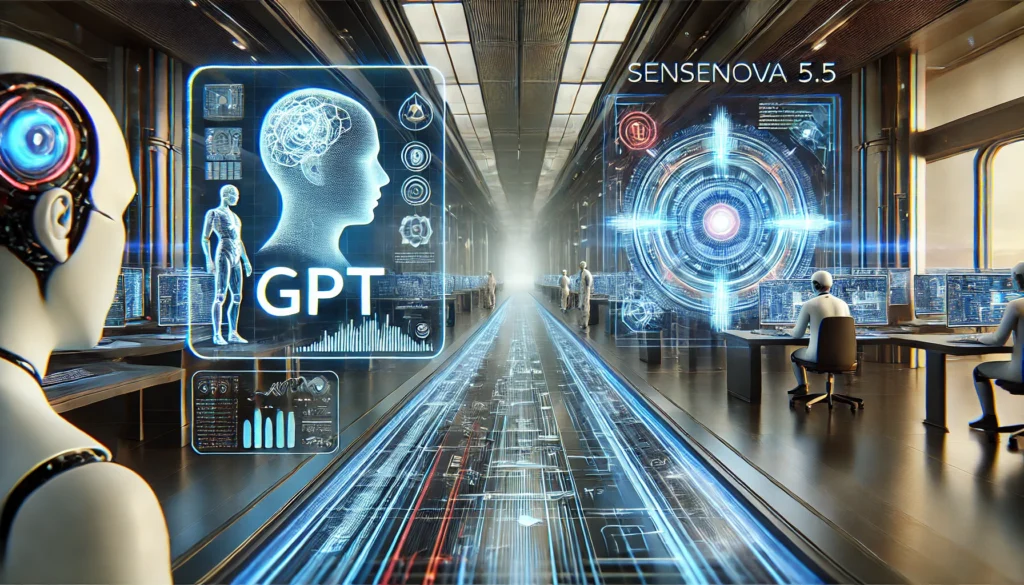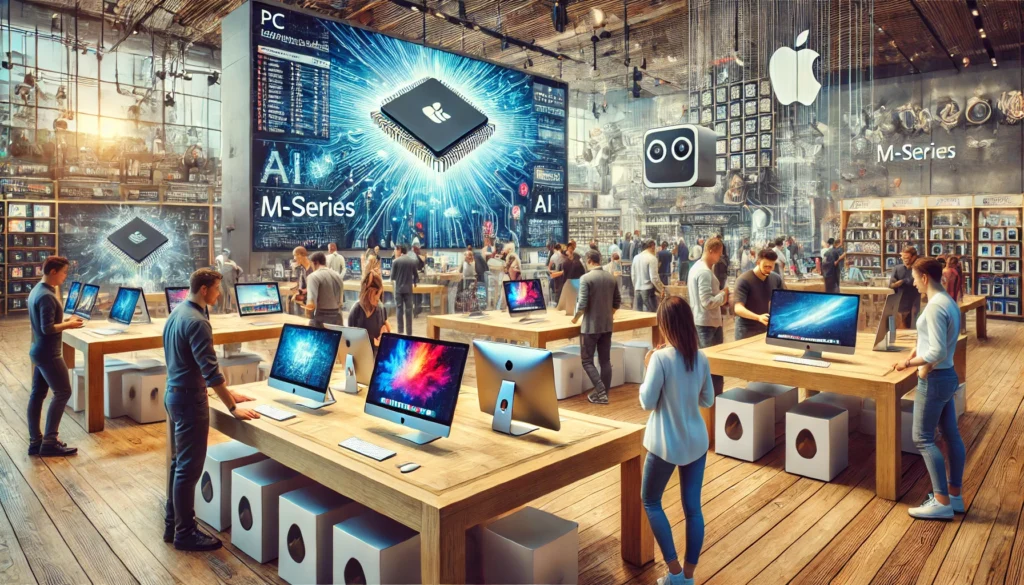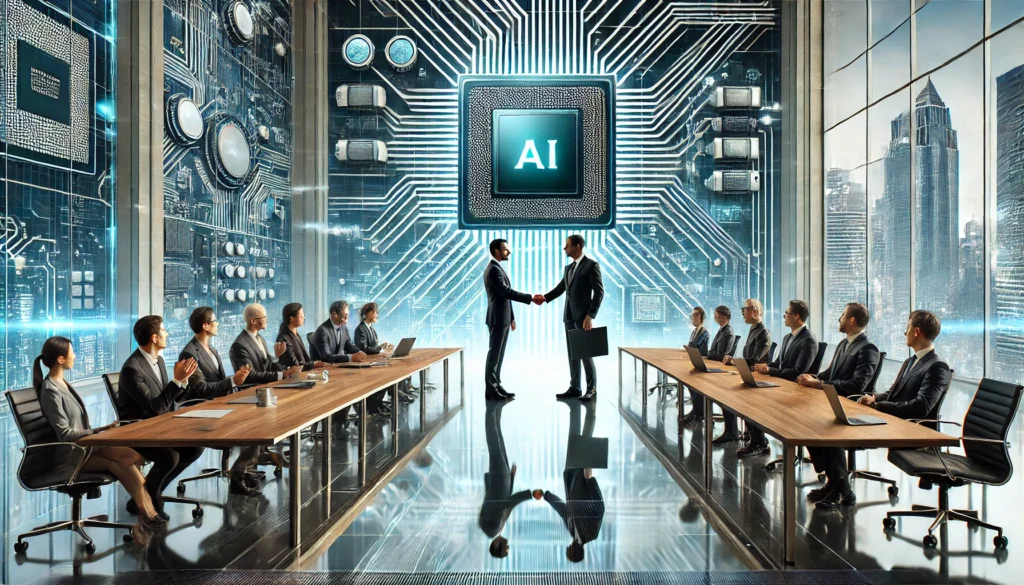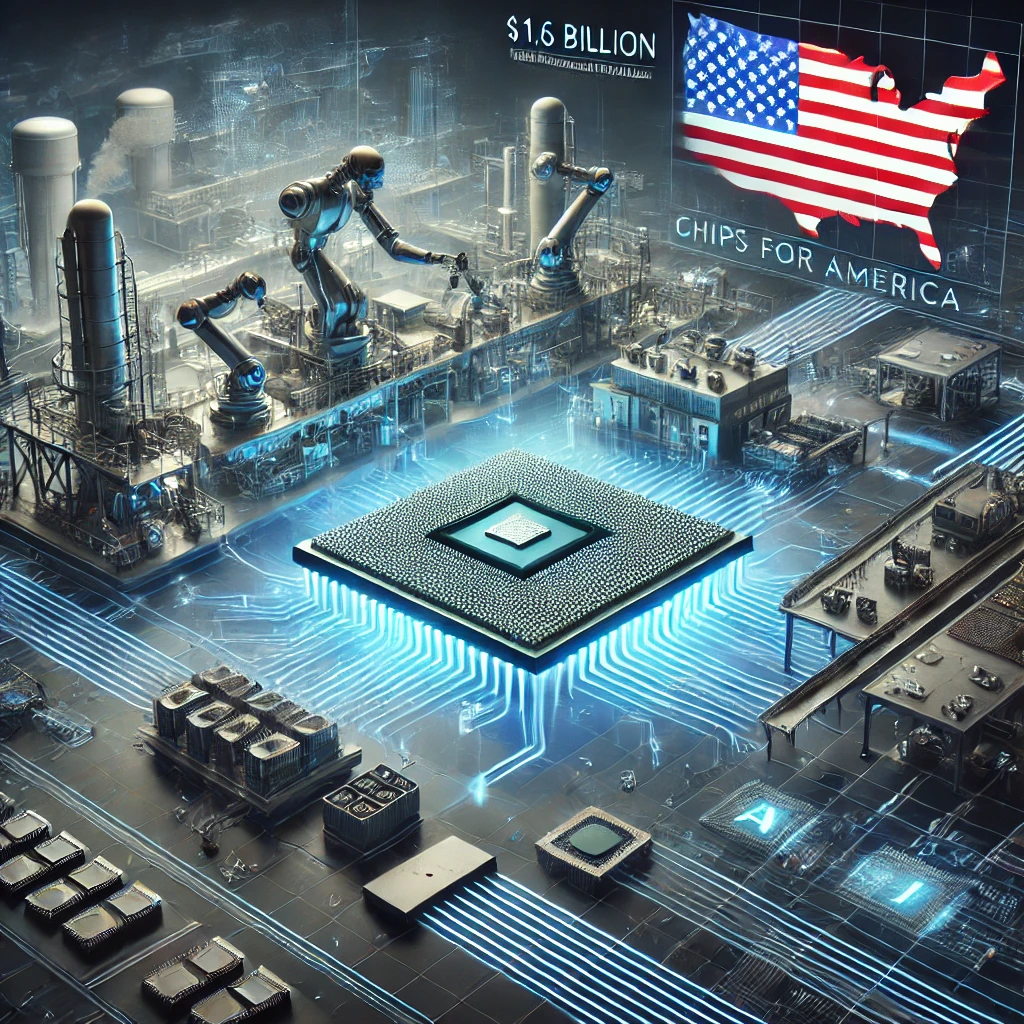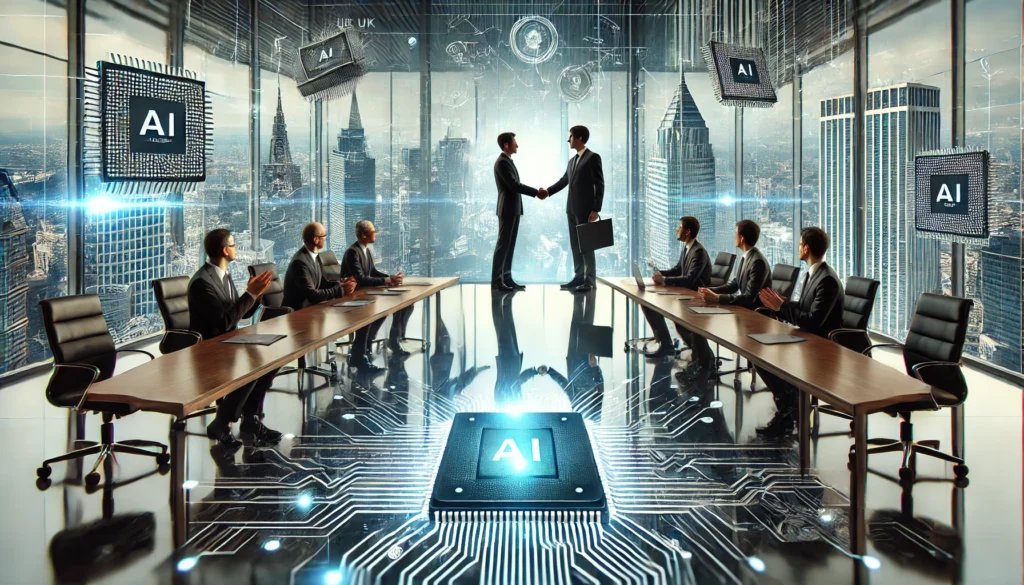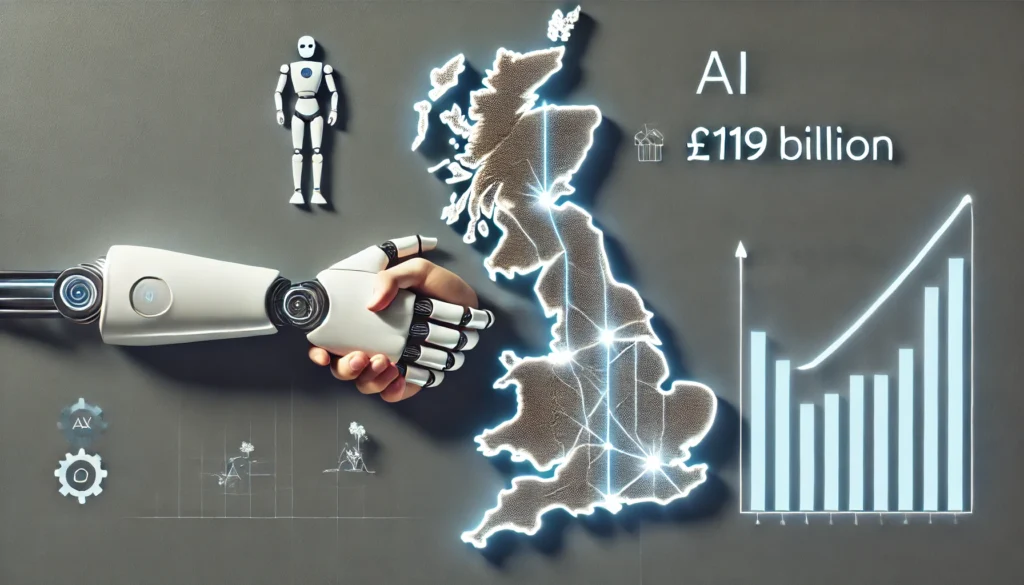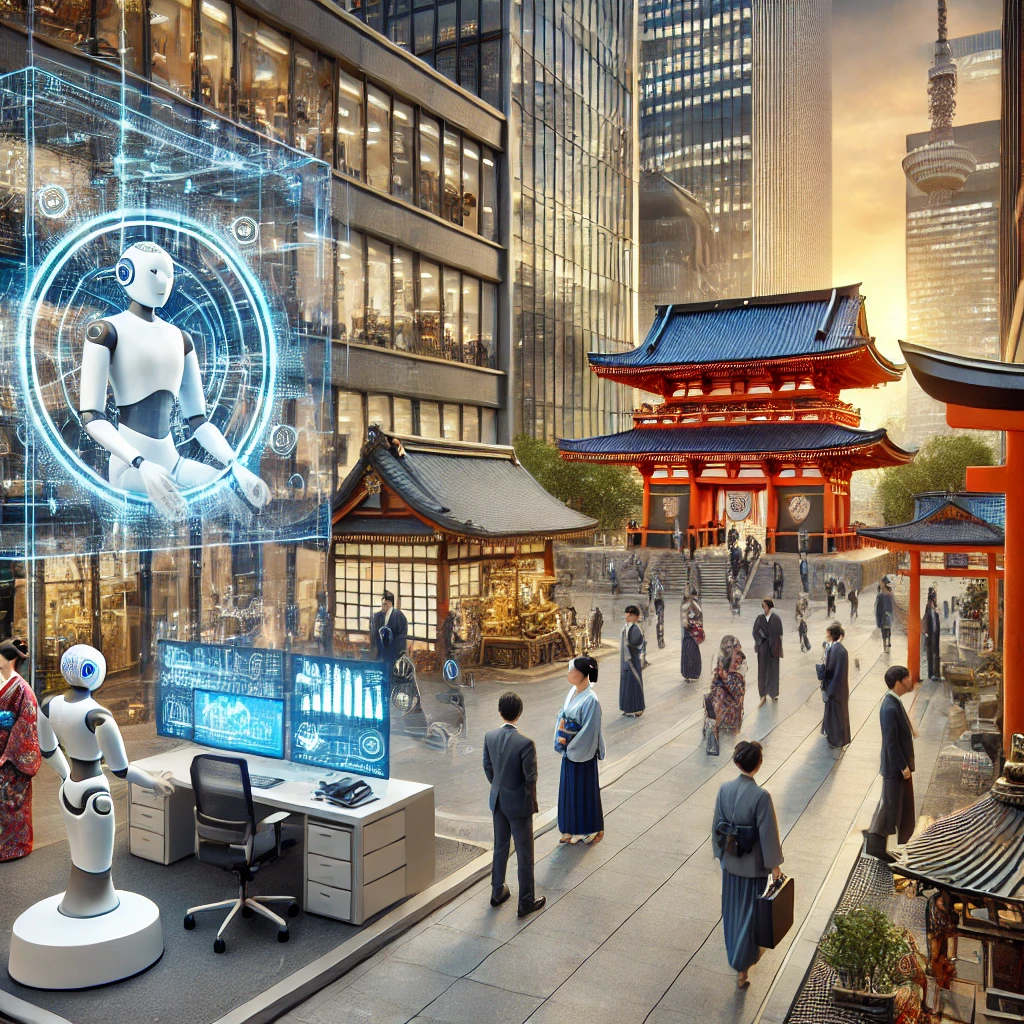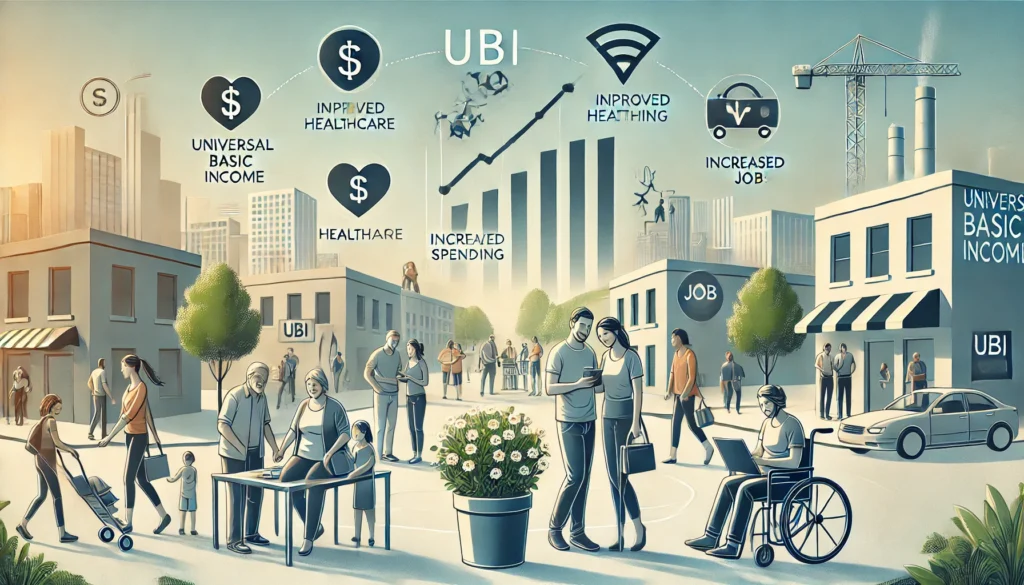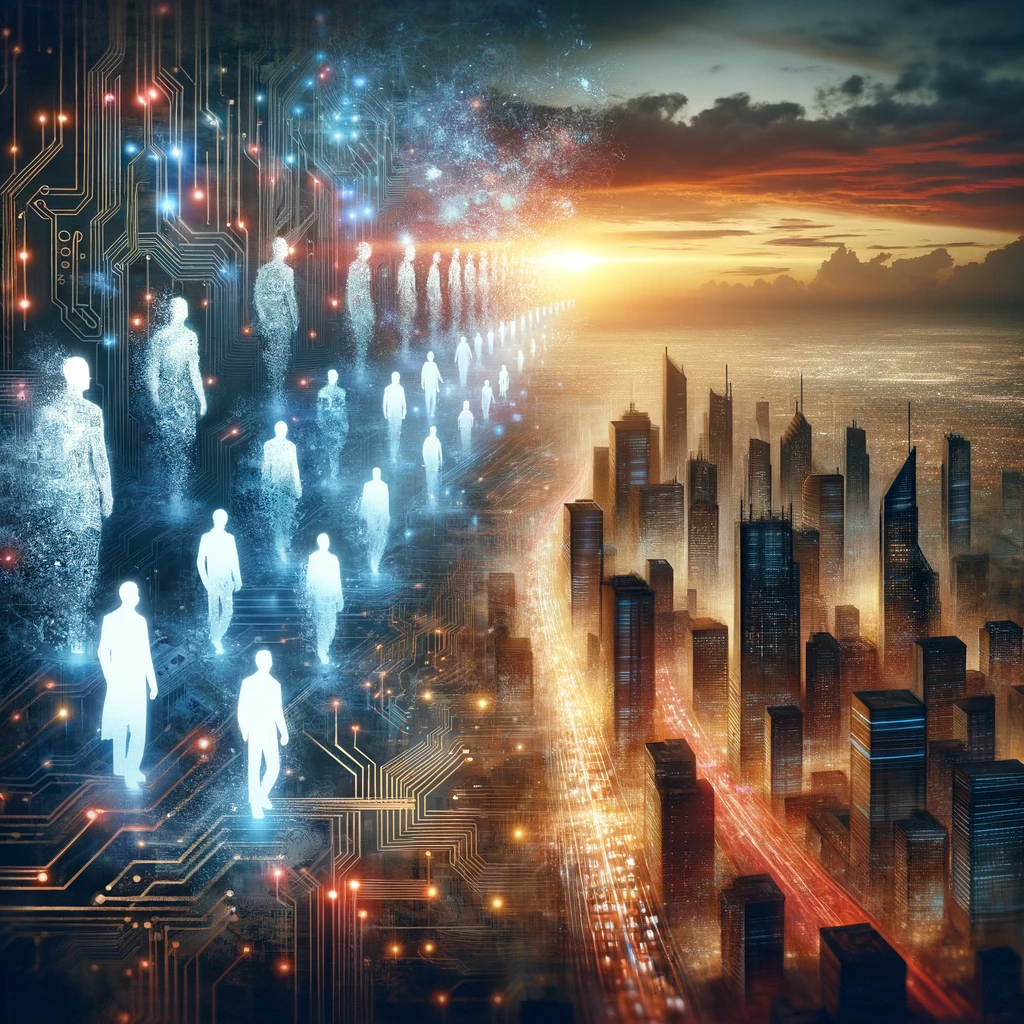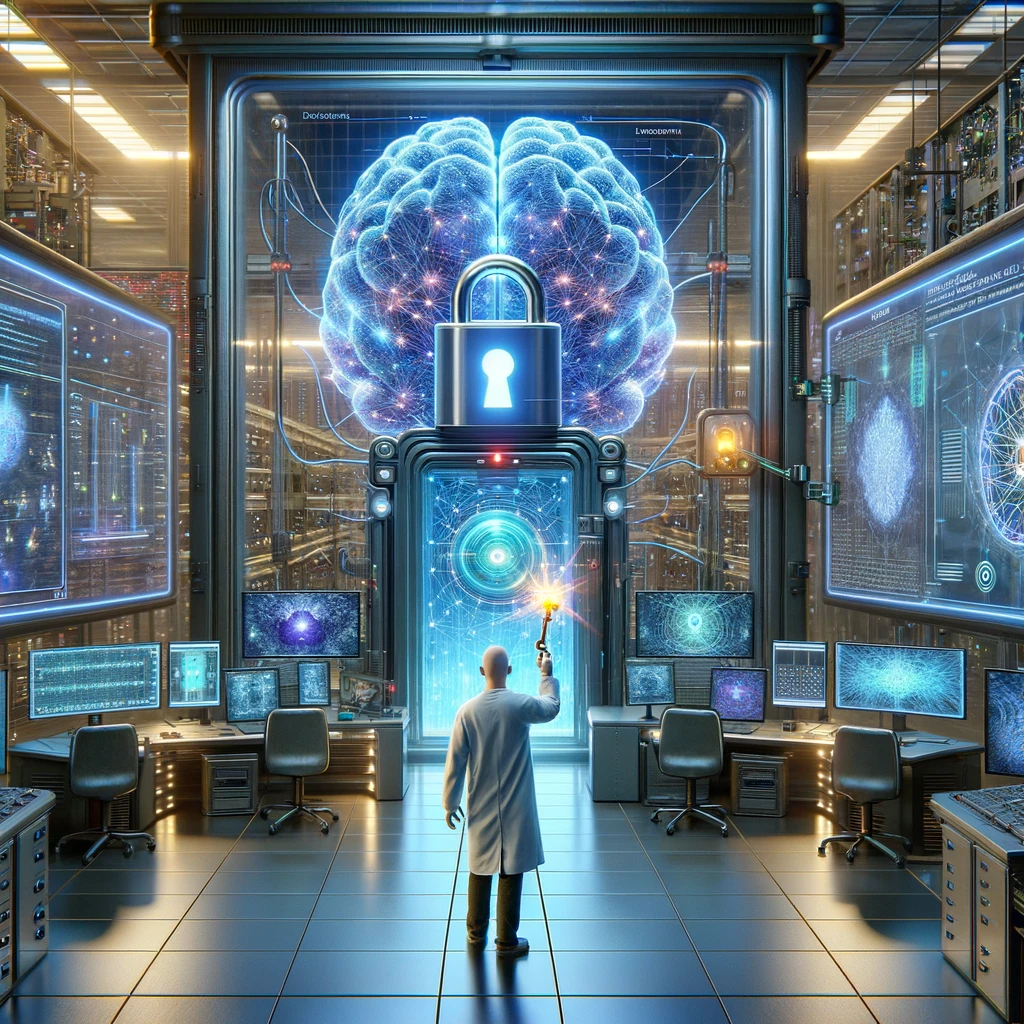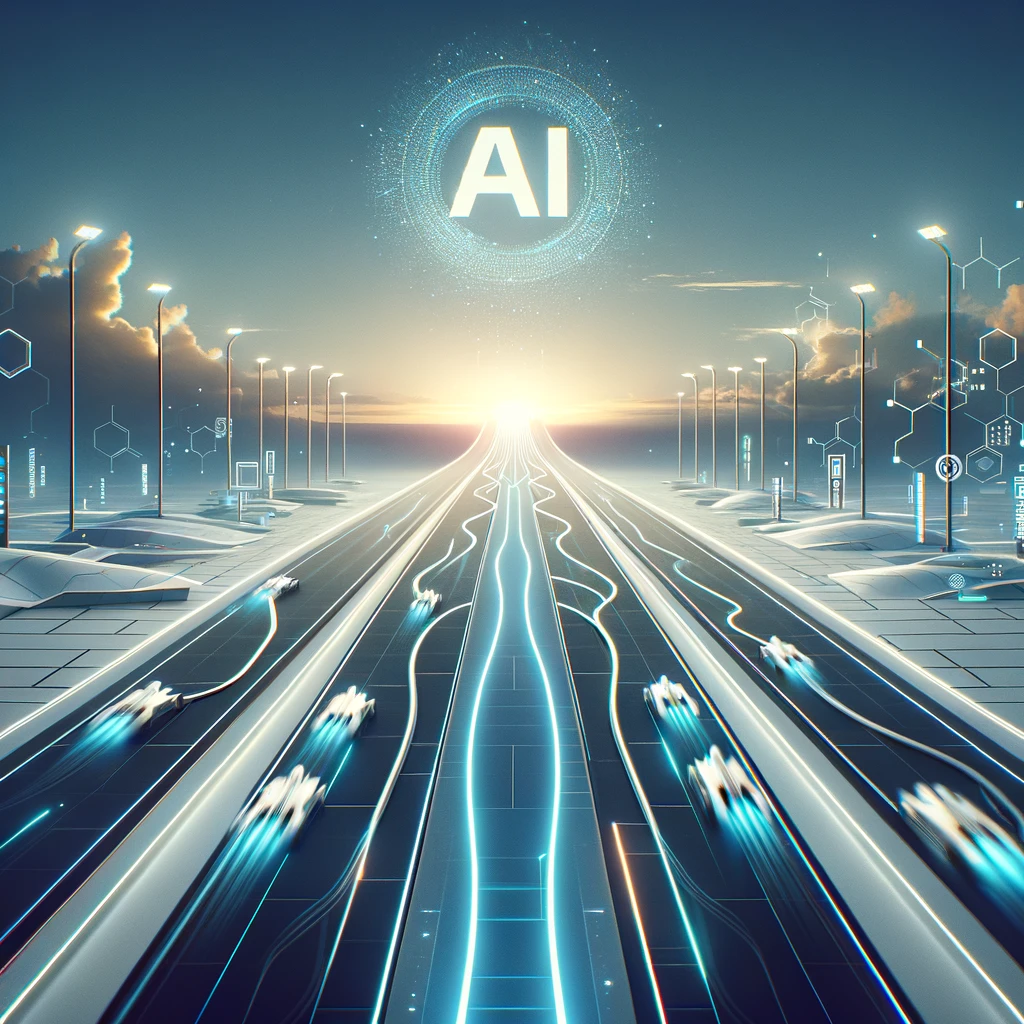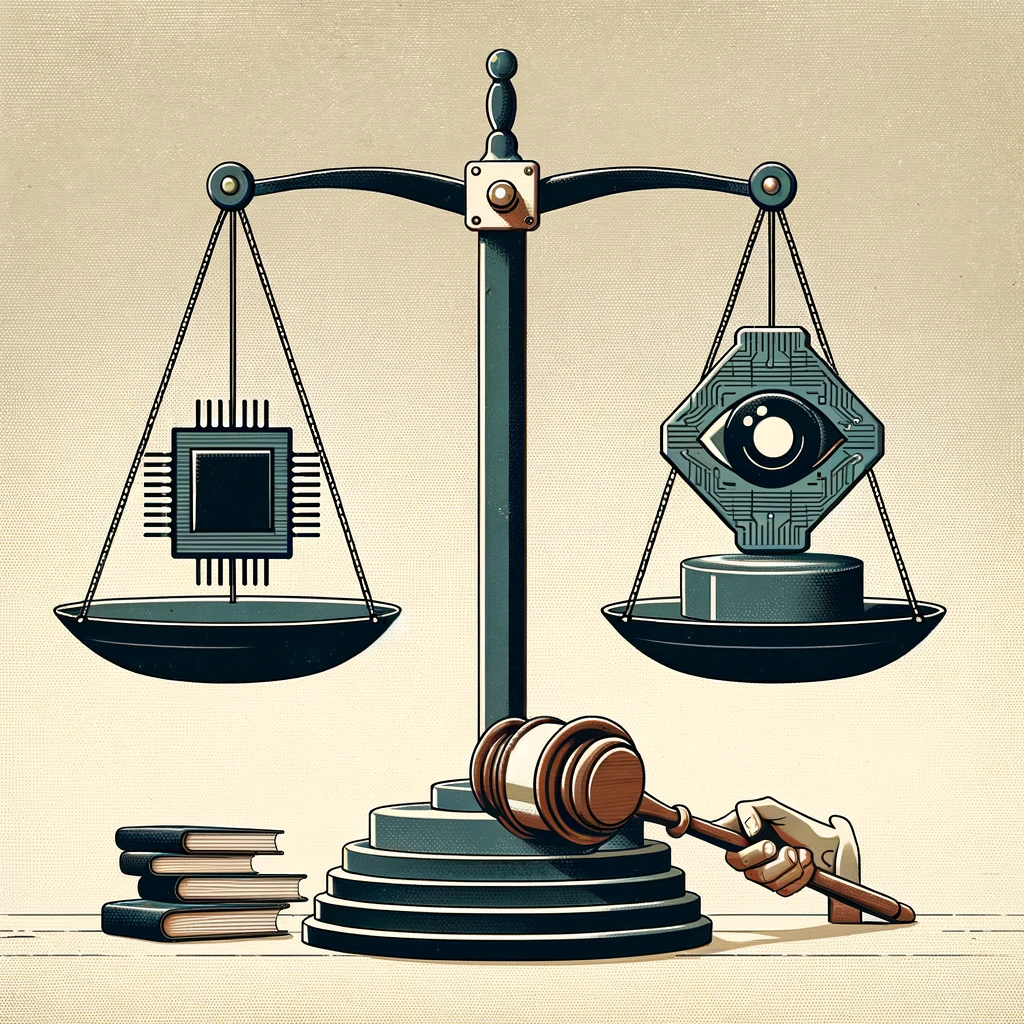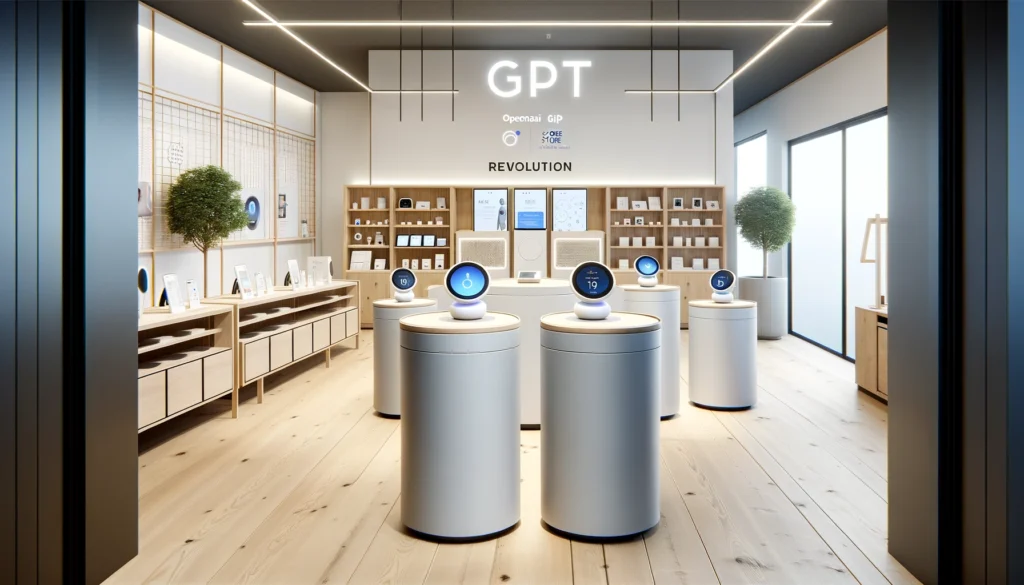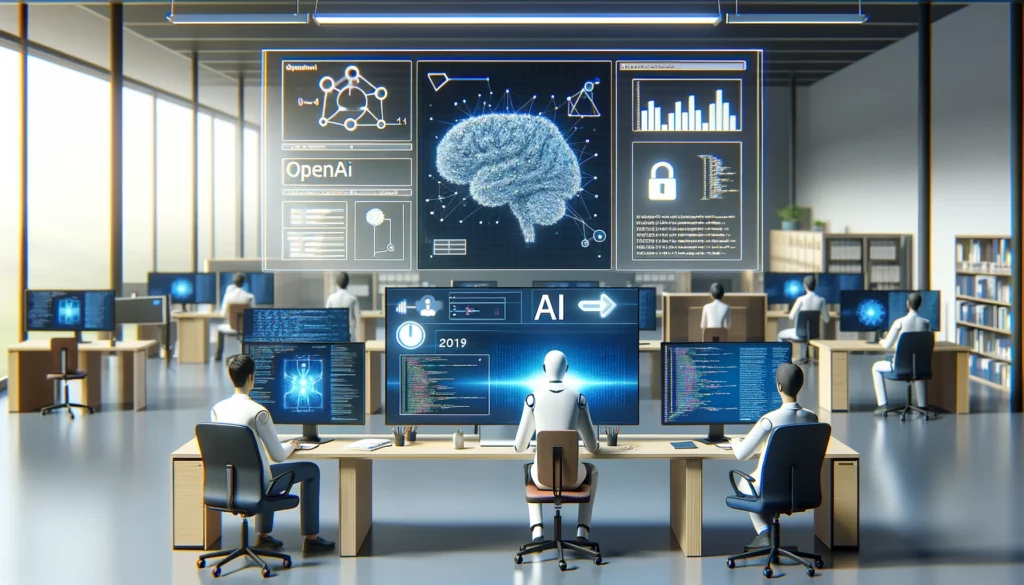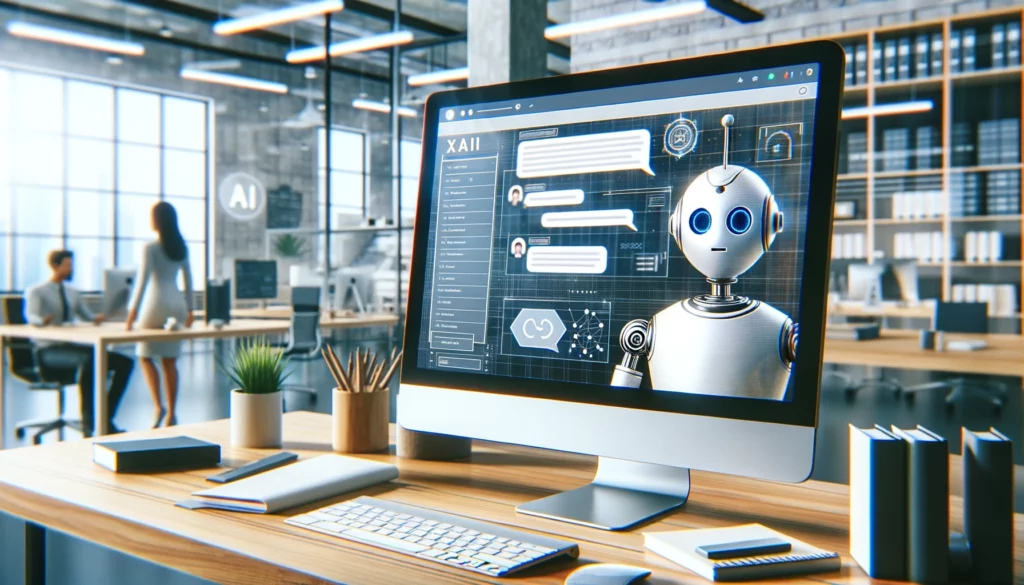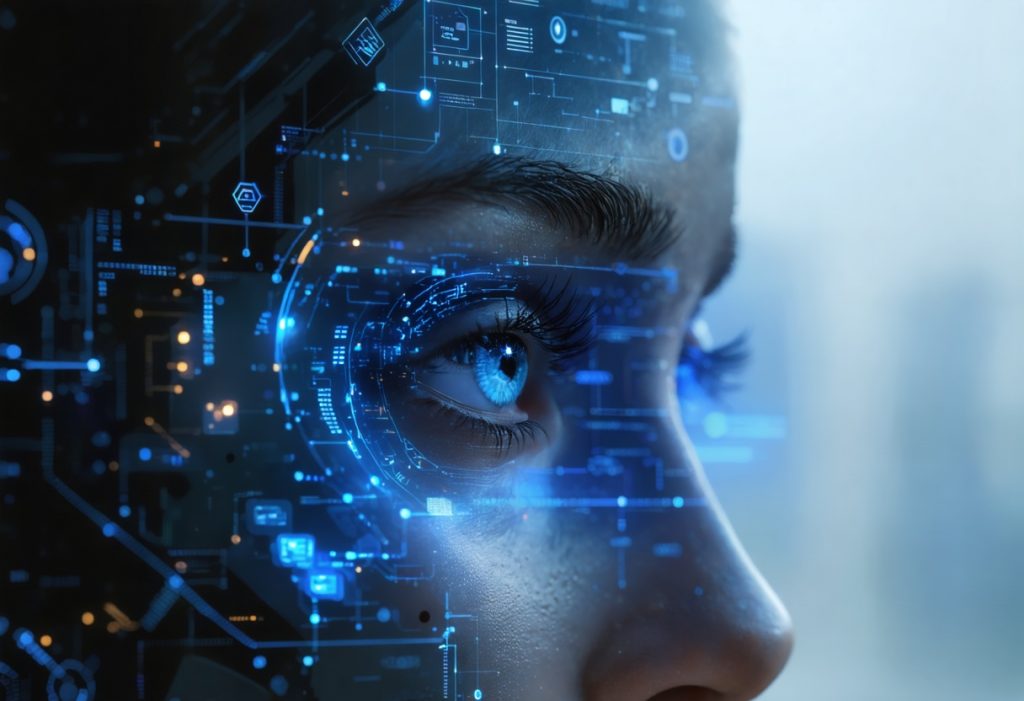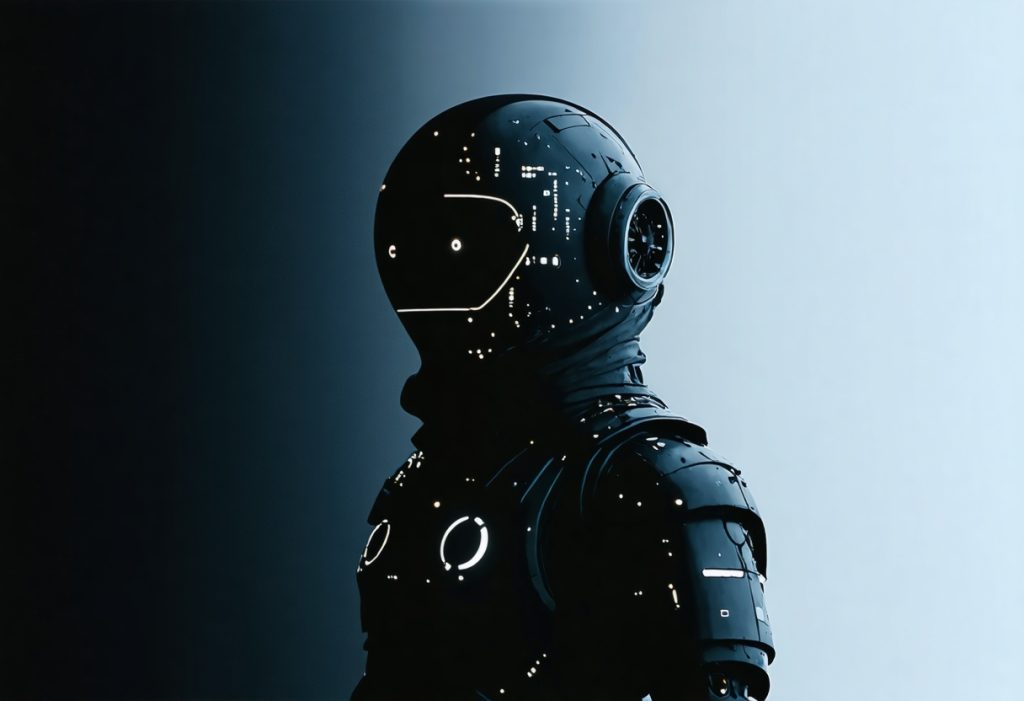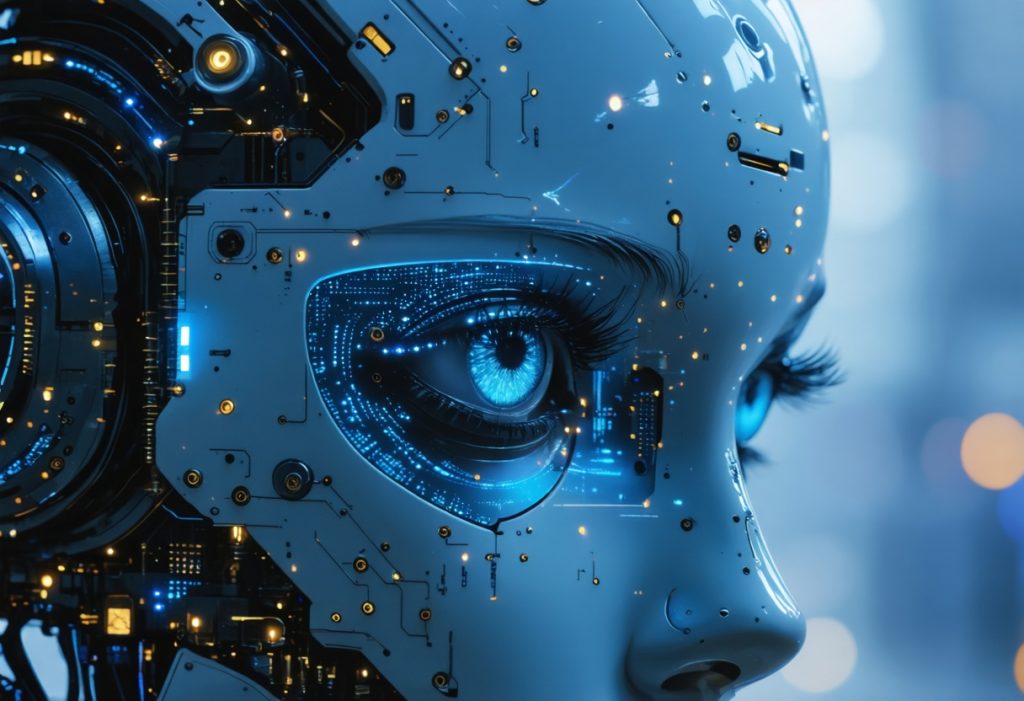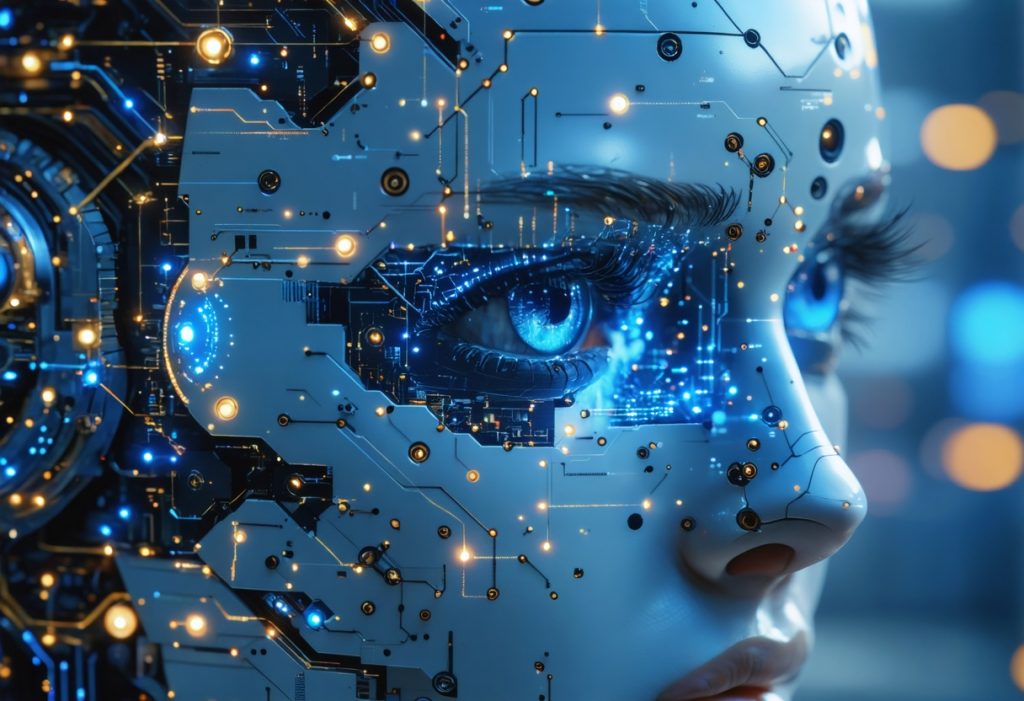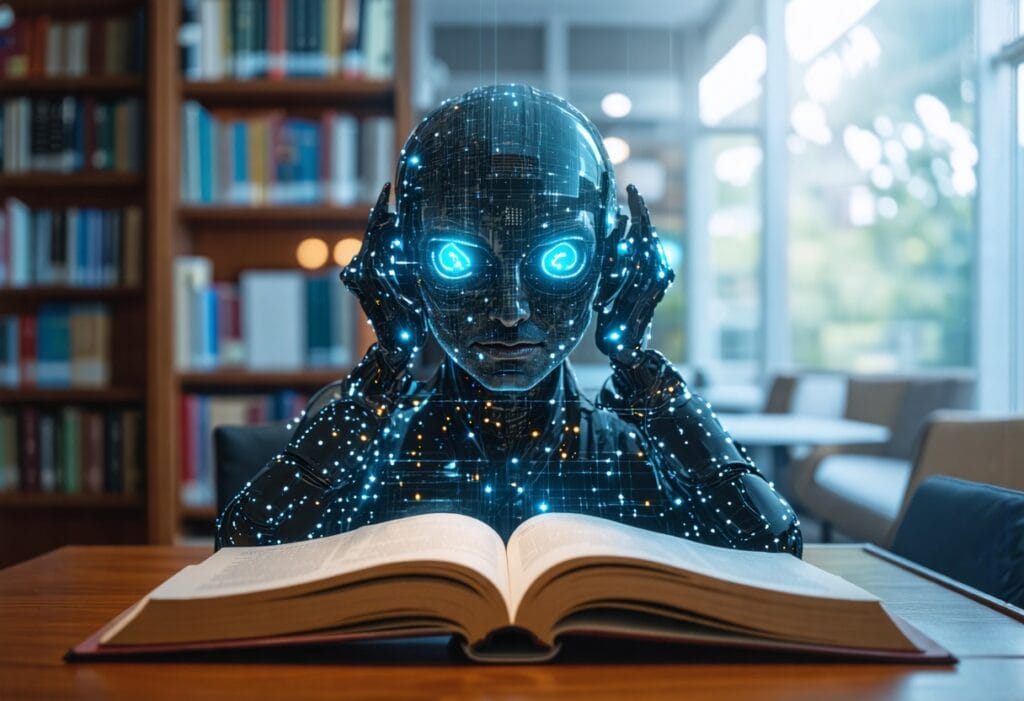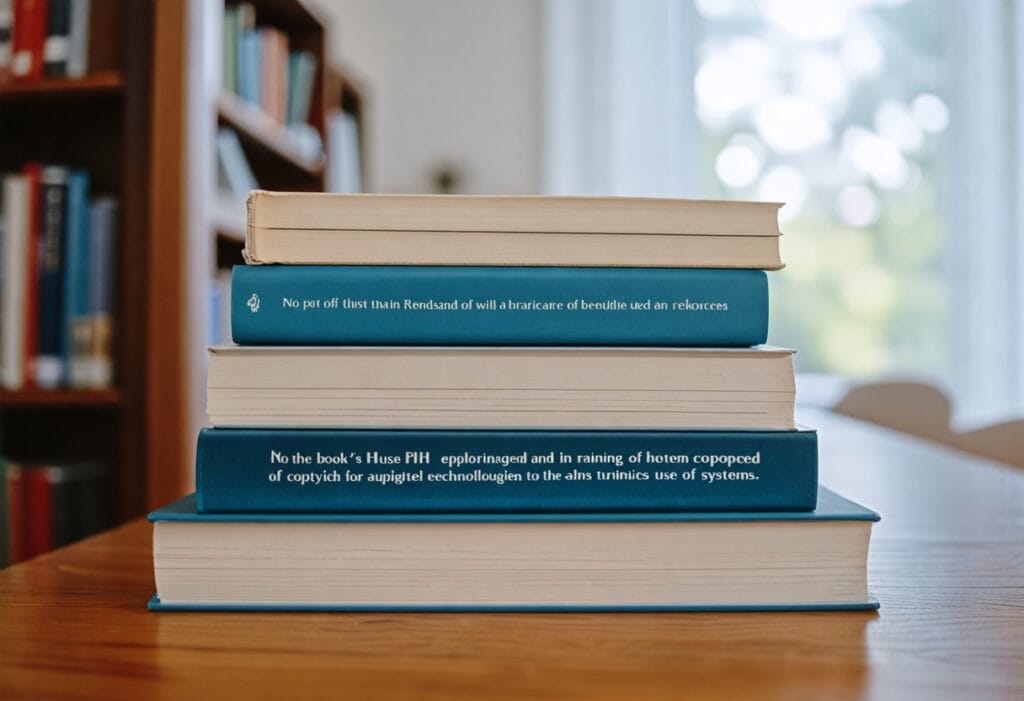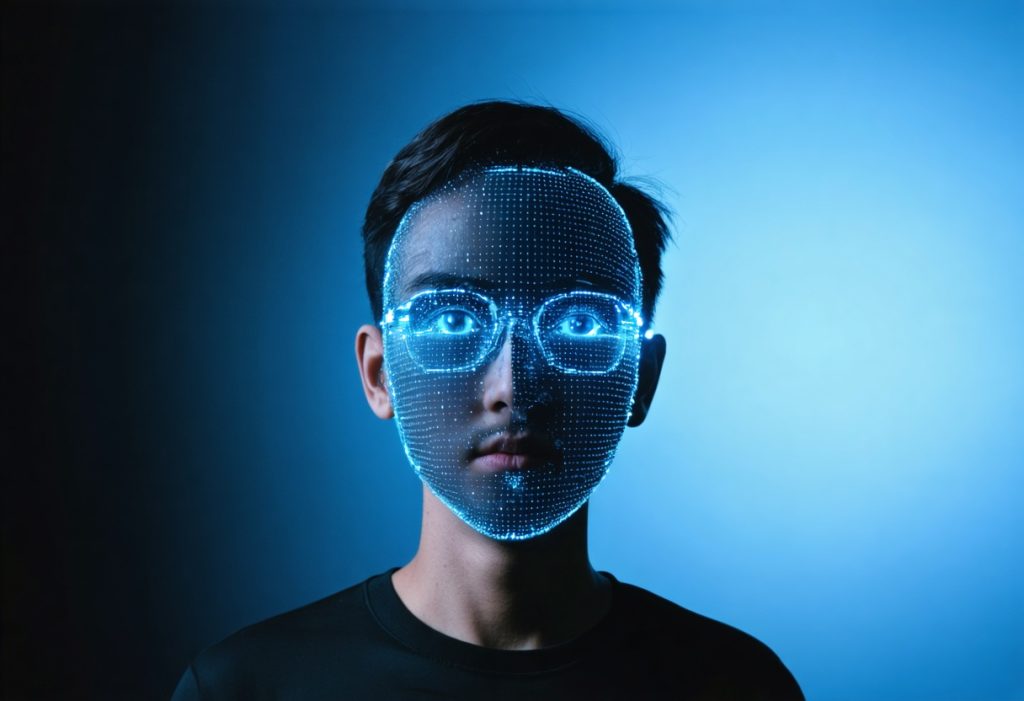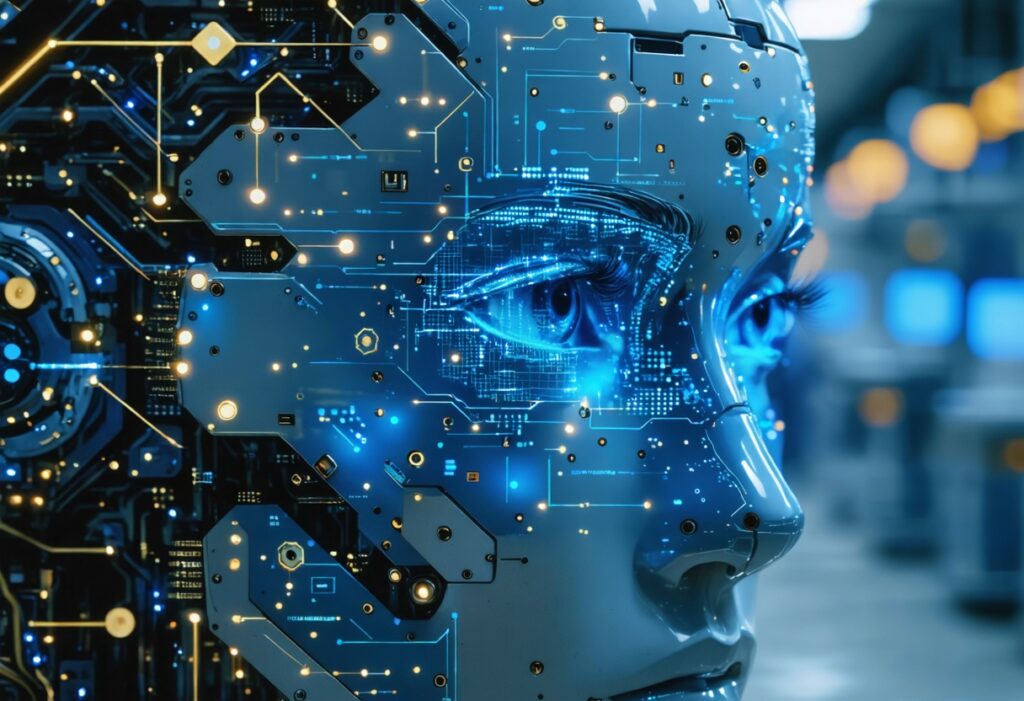Exploring the Role of AI in Refining Hungarian Accents in *The Brutalist*
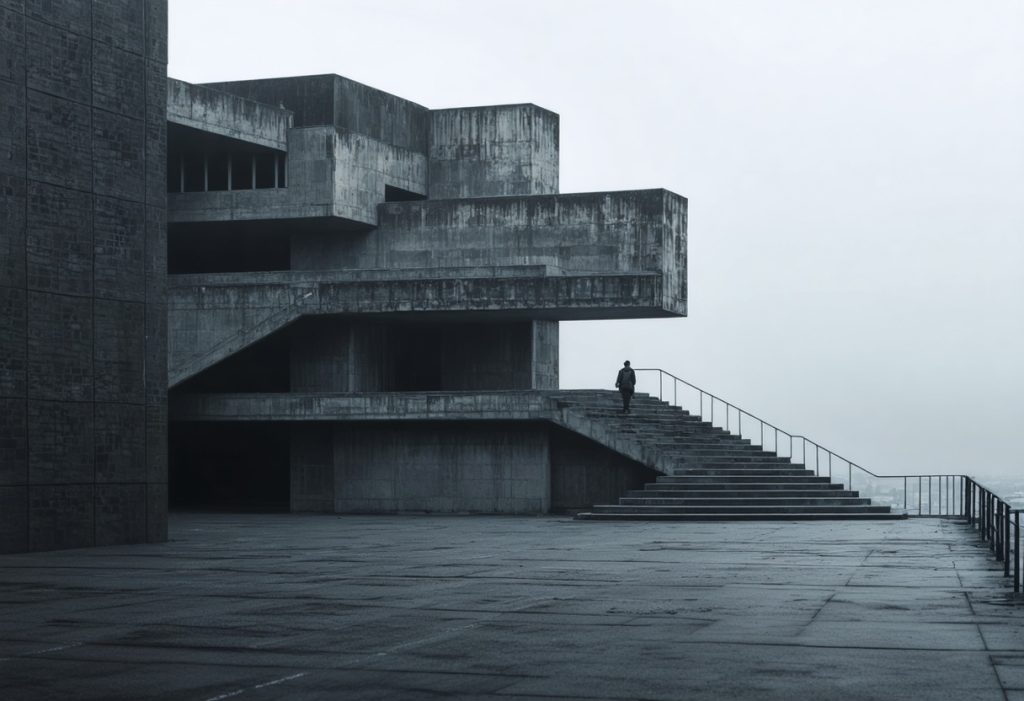
Exploring the Role of AI in Refining Hungarian Accents in *The Brutalist*
As the cinematic landscape evolves, the integration of Artificial Intelligence (AI) is reshaping how stories are told on screen. One of the most talked-about examples this awards season is Brady Corbet’s *The Brutalist*, which highlights the journey of a Hungarian-Jewish architect, played by Adrien Brody. Notably, AI played a pivotal role in enhancing the authenticity of the actors’ Hungarian dialogue, allowing Brody and co-star Felicity Jones to deliver performances that resonate with the film’s historical context. Utilizing advanced voice modeling technology from Respeecher, production teams were able to refine complex pronunciations, ensuring that the essence of the characters remained intact. This innovative approach ignites a broader discussion about the intersection of technology and artistry in film-making. For more on the impact of AI across various sectors, visit TechForge.
The Impact of AI on Hungarian Accents in *The Brutalist*
The production of *The Brutalist* embraced a cutting-edge approach to language accuracy through AI technology. As the film showcases the story of László Tóth, a fictional Hungarian-Jewish architect, the use of AI was crucial in refining actors’ dialogues to authentically reflect their characters’ backgrounds. Particularly challenging was the Hungarian language, known for its distinct phonemes and pronunciation. The integration of Respeecher’s voice modeling software not only simplified the arduous process of dubbing complex dialogue but also preserved the actors’ original intentions and emotions, ultimately enriching the viewer’s experience.
Understanding Respeecher: The AI Voice Modeling Tool
Respeecher has emerged as a significant player in the film industry, renowned for its innovative voice synthesis technology. This AI tool creates voice models based on a speaker’s vocal traits, enabling filmmakers to adjust pronunciation and pronunciation nuances with precision. In *The Brutalist*, the software helped overcome linguistic barriers that could have hindered performances. As noted by film editor Dávid Jancsó, the adjustments made to Brody’s and Jones’ Hungarian dialogue were meticulously crafted, with care taken to ensure authenticity. According to a report by RedShark News, Jancsó himself contributed to the sound alterations, ensuring that the essence of the characters remained intact while utilizing technology to streamline the process.
AI as a Time and Budget Saver
The production of *The Brutalist* had a modest budget of $10 million, and the use of AI technology was a strategic decision to save both time and resources. Jancsó explained that the magnitude of Hungarian dialogue present in the film would have demanded extensive manual editing, which would have been a significant drain on time and finances. By leveraging Respeecher’s capabilities, the film team could focus on crafting the narrative without compromising on the quality of the dialogue. This illustrates how AI can not only enhance artistic integrity but also provide tangible benefits in terms of efficiency and resource management.
Beyond Dialogue: AI’s Multifaceted Role in Production
While the refinement of dialogue is a highlight of AI’s contributions to *The Brutalist*, its impact stretches beyond just voice. AI technologies were employed for various aspects of production, including generating architectural designs and completing visual elements in the Venice Biennale sequences. This hybrid approach—to combine traditional filmmaking with advanced technologies—offers a glimpse into the future of production. However, Corbet clarified that while AI assisted in creating backgrounds and designs, the ultimate visual storytelling was a collaborative effort where human creativity remained paramount. The conversation surrounding AI enhancing rather than replacing human input is critical in understanding its role in modern filmmaking.
The Broader Debate: AI in the Film Industry
The discussion over AI’s place in the film industry extends far beyond *The Brutalist*. As technology continues to evolve, concerns over its impact on traditional roles within filmmaking have surfaced, as evidenced by the recent strikes by the Writers Guild of America (WGA) and SAG-AFTRA. Topics such as script rights and actor representations have sparked broader debates regarding generative AI’s implications on creativity. The agreements reached post-strike aimed to address these concerns, recognizing the potential of AI while safeguarding creative jobs and artistic contributions. As films increasingly utilize AI in various capacities, the industry must navigate these challenges to find a balance that respects both innovation and traditional craftsmanship.
The Future of AI and Storytelling
The integration of AI in projects like *The Brutalist* represents a significant shift in how stories are crafted and presented. With films at the intersection of technology and artistry, audiences are prompted to reconsider their perceptions of creativity in an era where AI plays an evolving role. As filmmakers experiment with new methods of storytelling, discussions around the ethics and future potential of AI will continue to shape the narrative of the film industry. The adaptability of AI technologies, like those seen in Respeecher’s work, could pave the way for more ambitious stories that embrace cultural diversity and linguistic authenticity.
Further Reading
For those interested in exploring the broader implications of AI technology across industries, several resources are available. The International Journal of Artificial Intelligence & Applications provides insight into various AI applications, while publications like Forbes discuss the transformative effects of AI in media. Moreover, organizations like the Business Software Alliance offer guidance on navigating the evolving landscape of AI technology and policy.
Embracing AI’s Influence in Film
In summary, *The Brutalist* exemplifies the remarkable ways in which AI is transforming the cinematic landscape, with a focus on seamlessly refining dialogue and enhancing authenticity through advanced technologies like Respeecher. By overcoming linguistic challenges in portraying a Hungarian-Jewish architect’s story, the film illustrates the balance between human creativity and artificial intelligence, showcasing how innovation can save time and resources while preserving artistic integrity. As the film industry grapples with the implications of AI, it is crucial for audiences and creators alike to engage with these evolving narratives. To deepen your understanding of AI’s implications across various sectors, we encourage you to explore further resources, including a compelling article on the transformative effects of AI in media from Forbes. Your engagement in this discussion not only enhances your perspective but also contributes to a broader dialogue on the future of storytelling.


